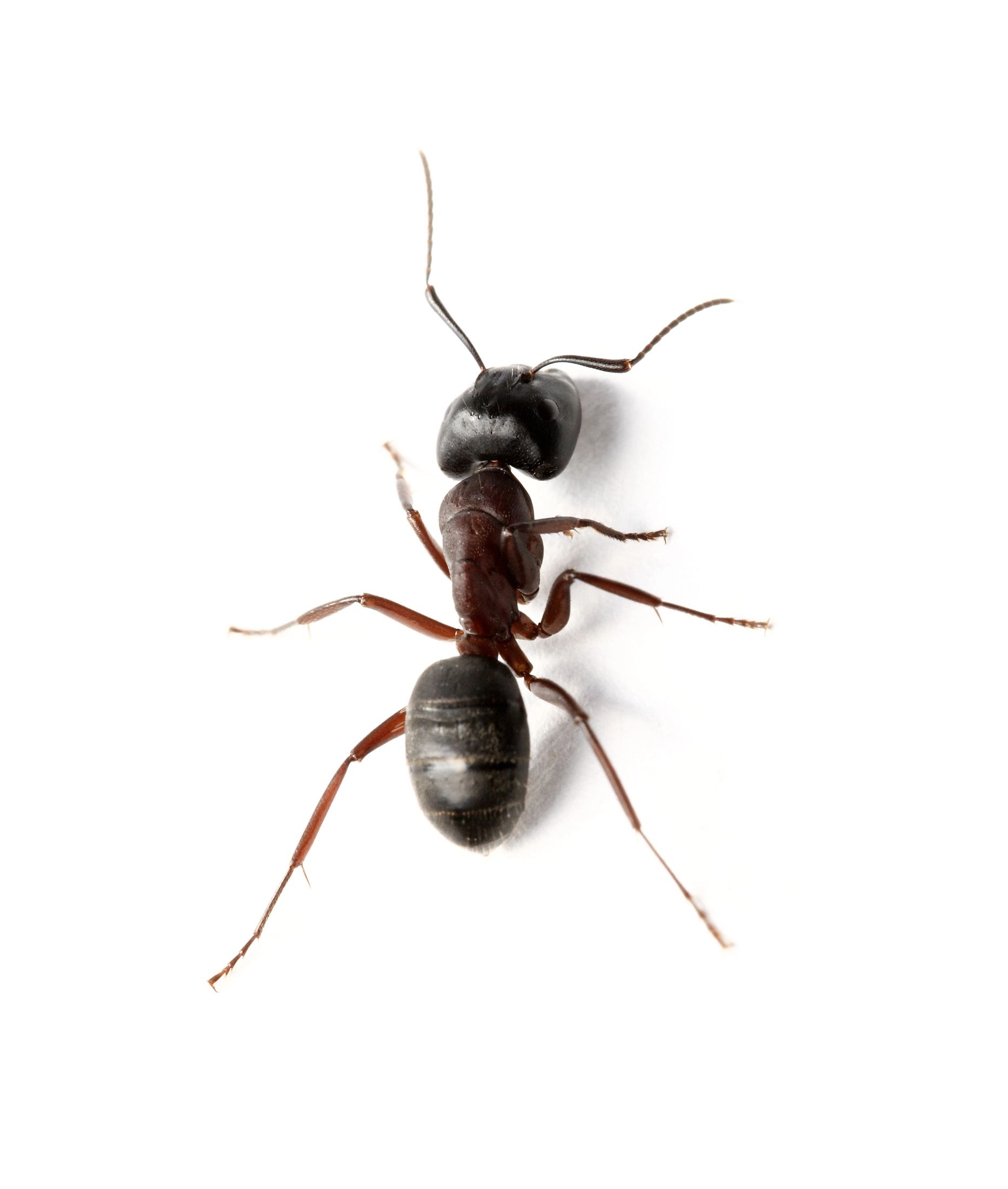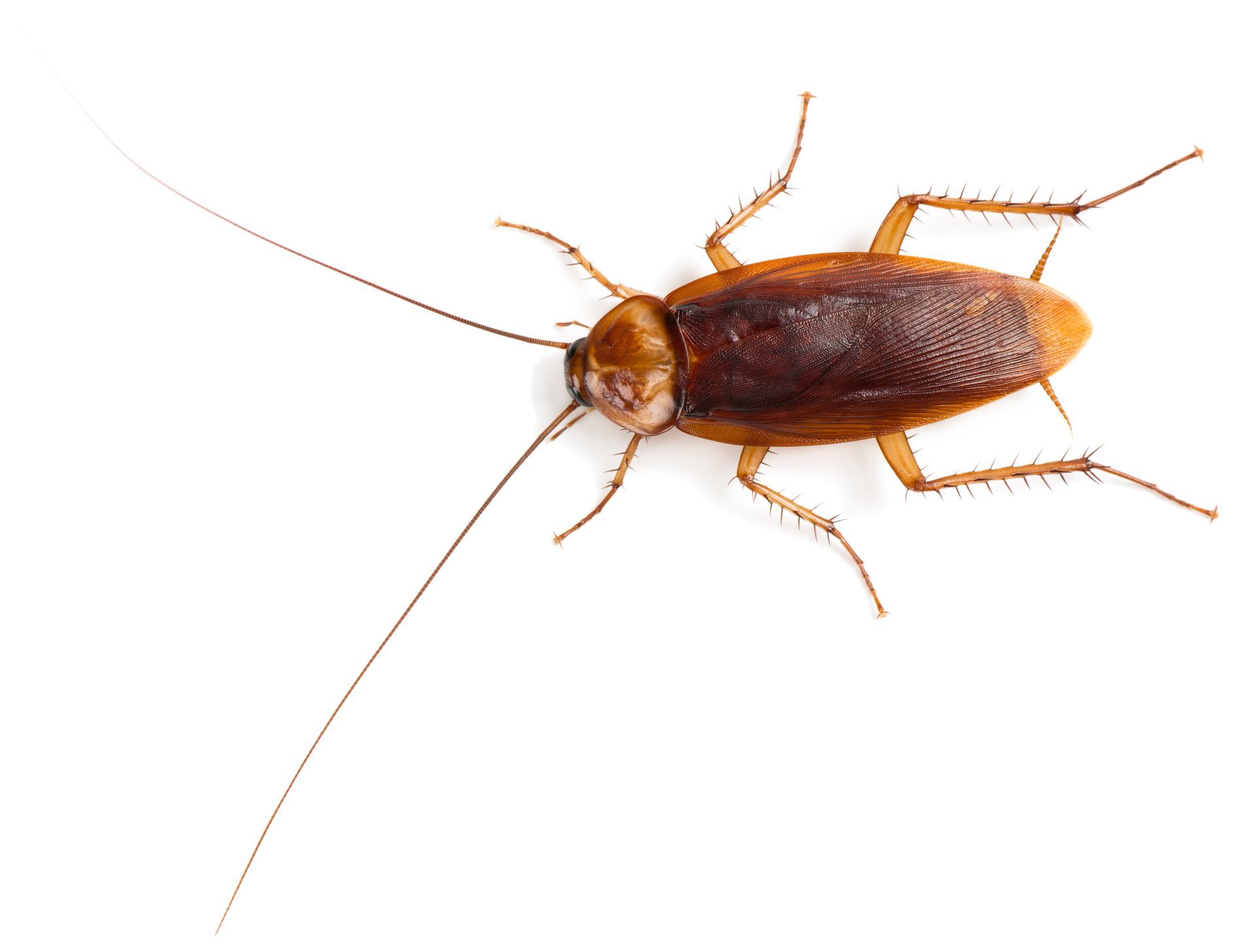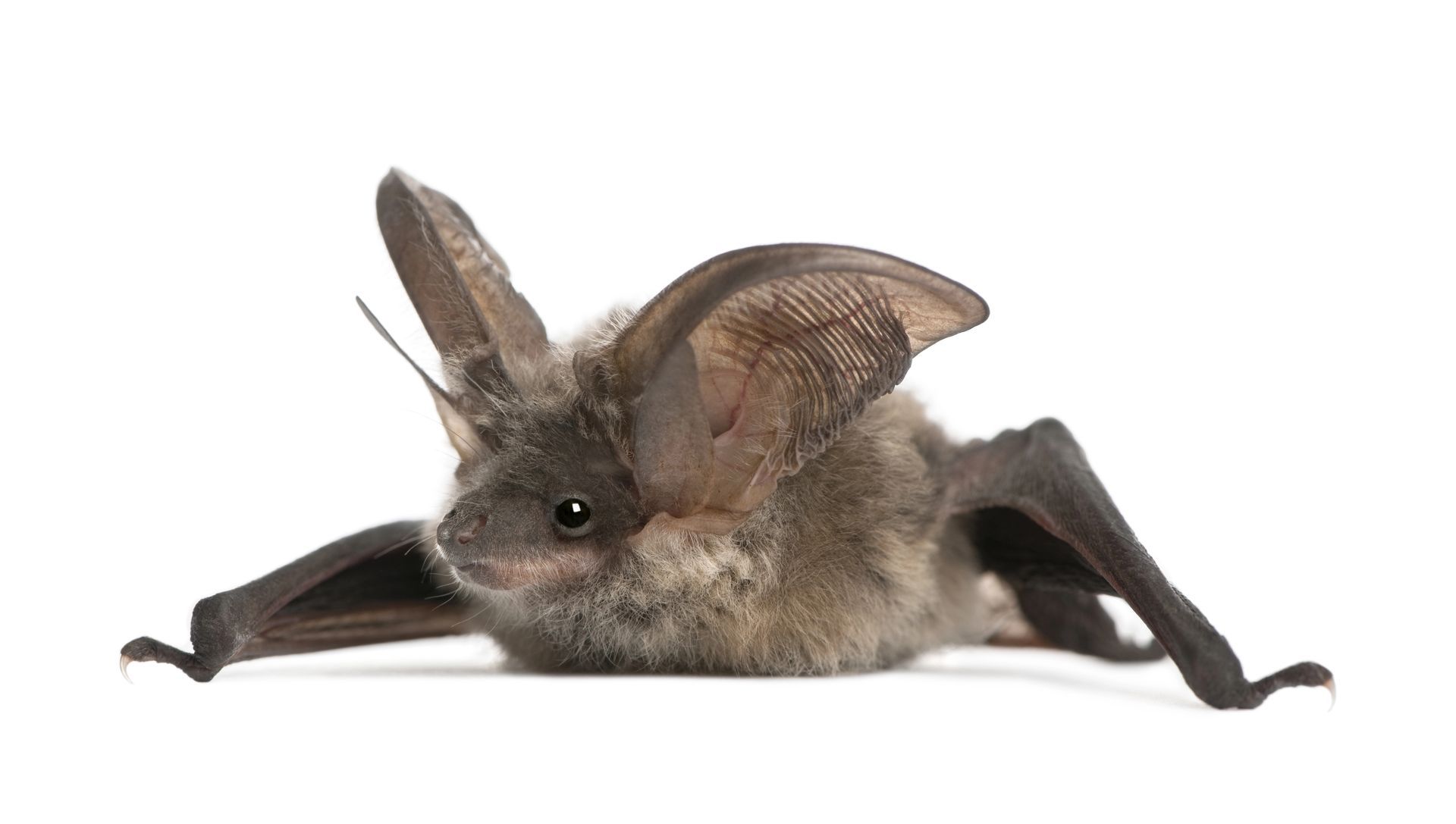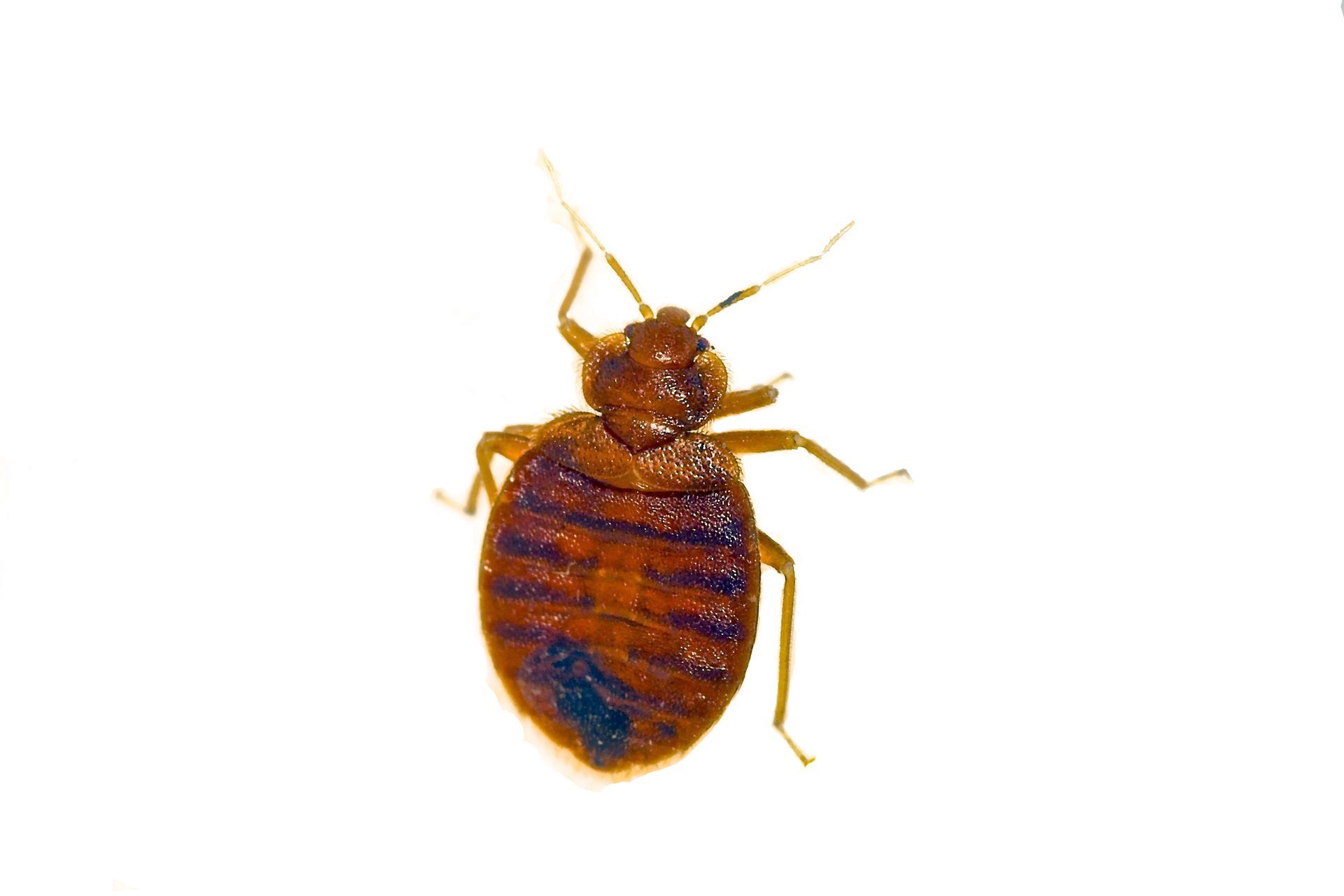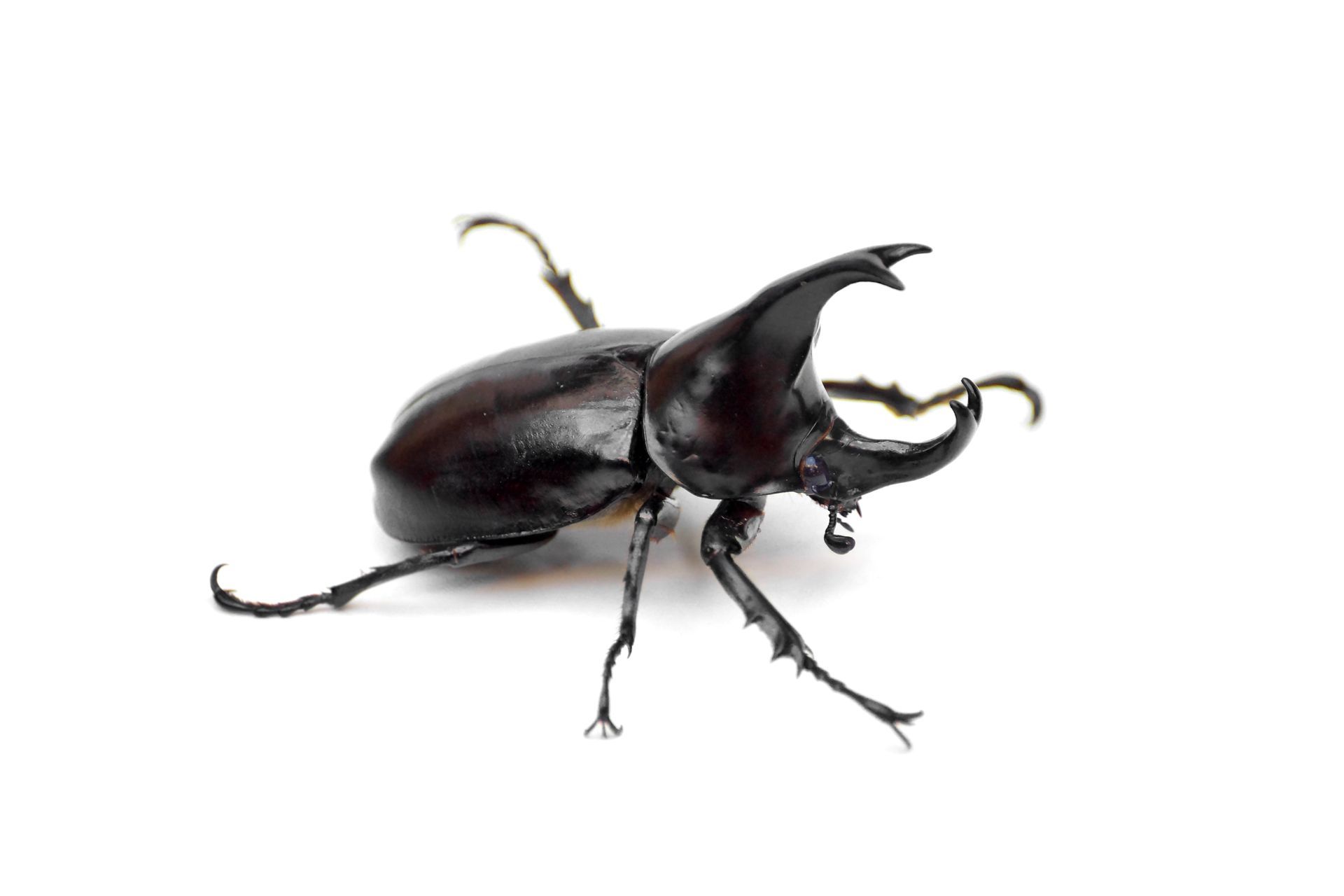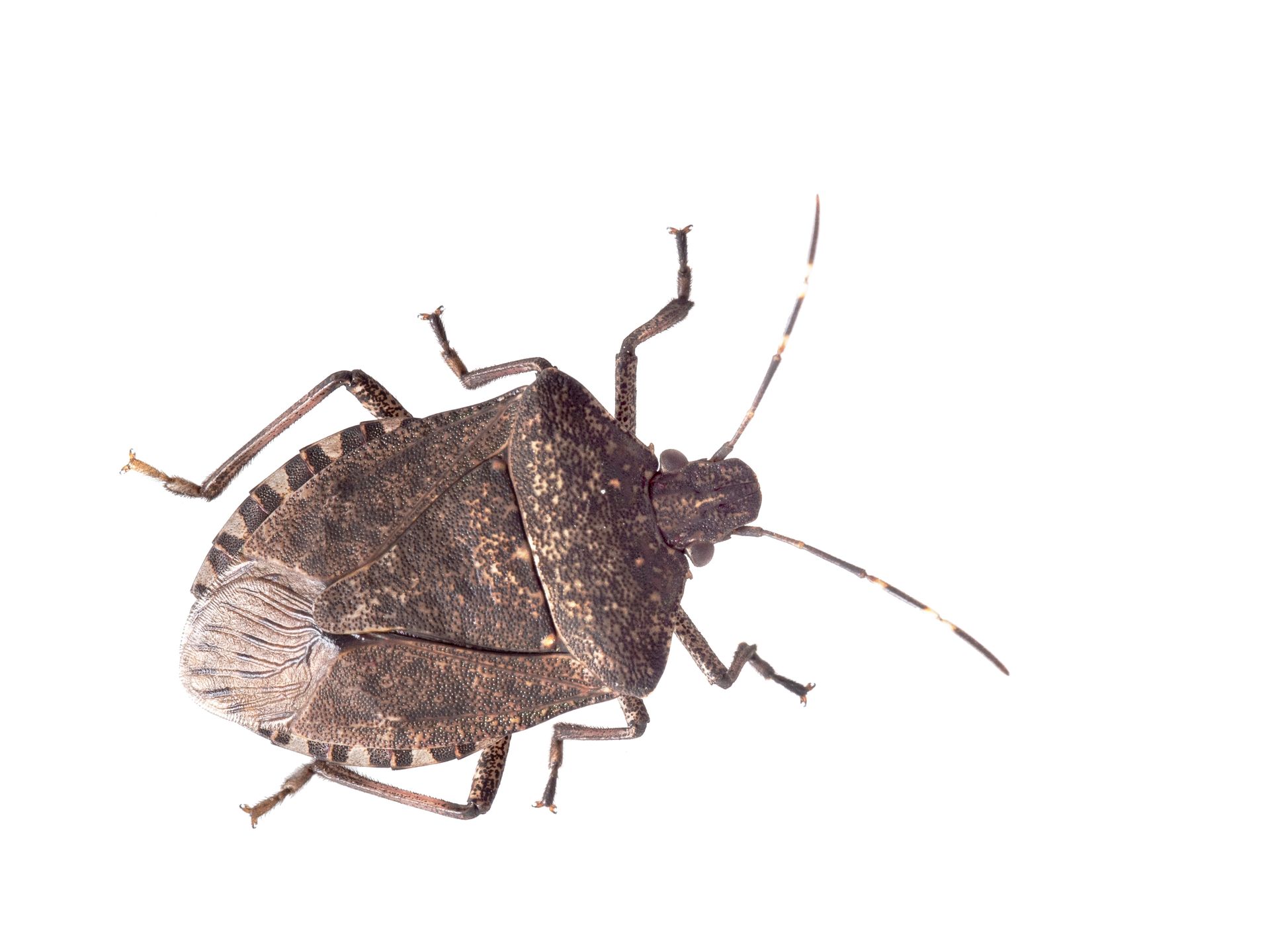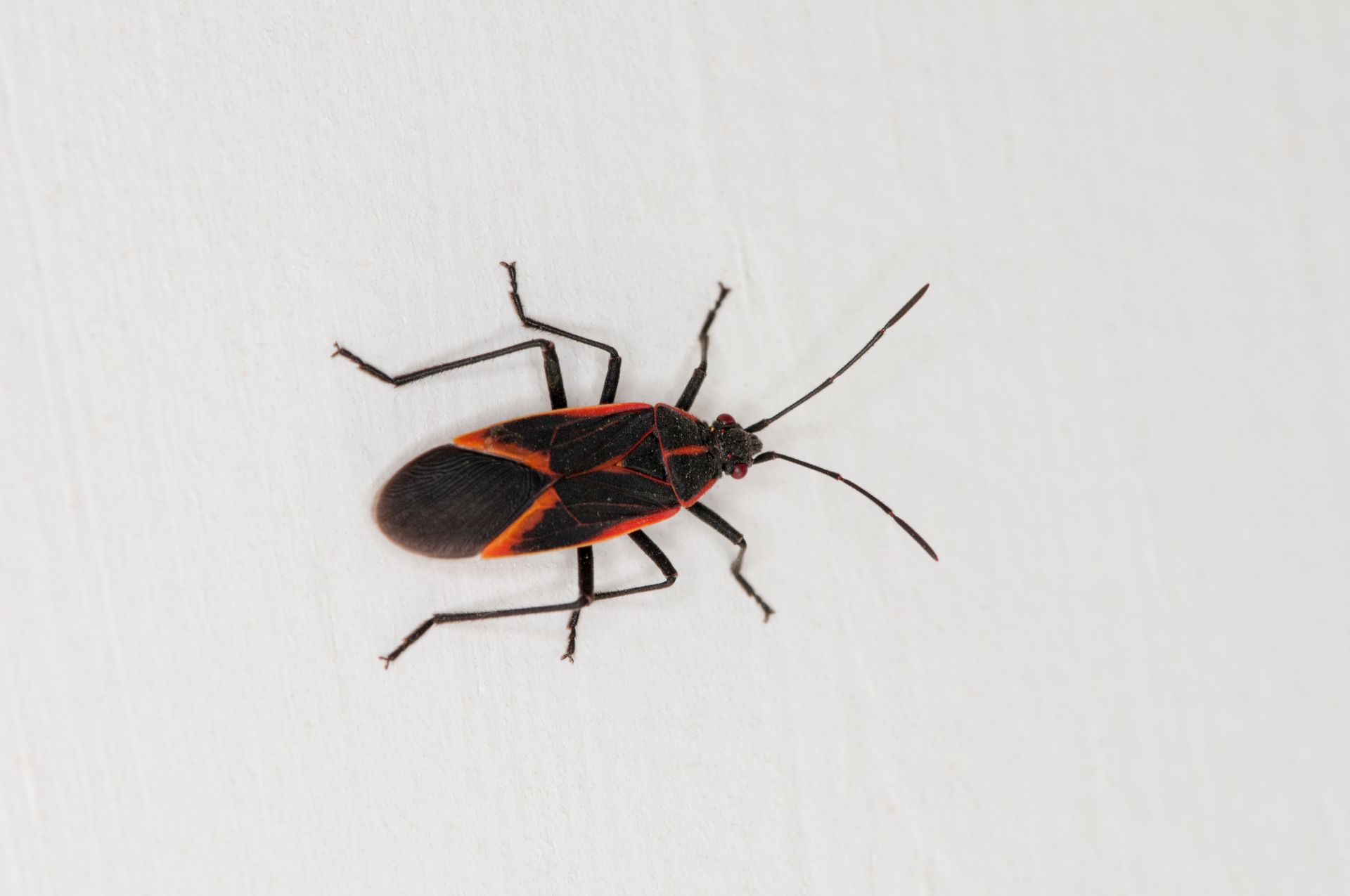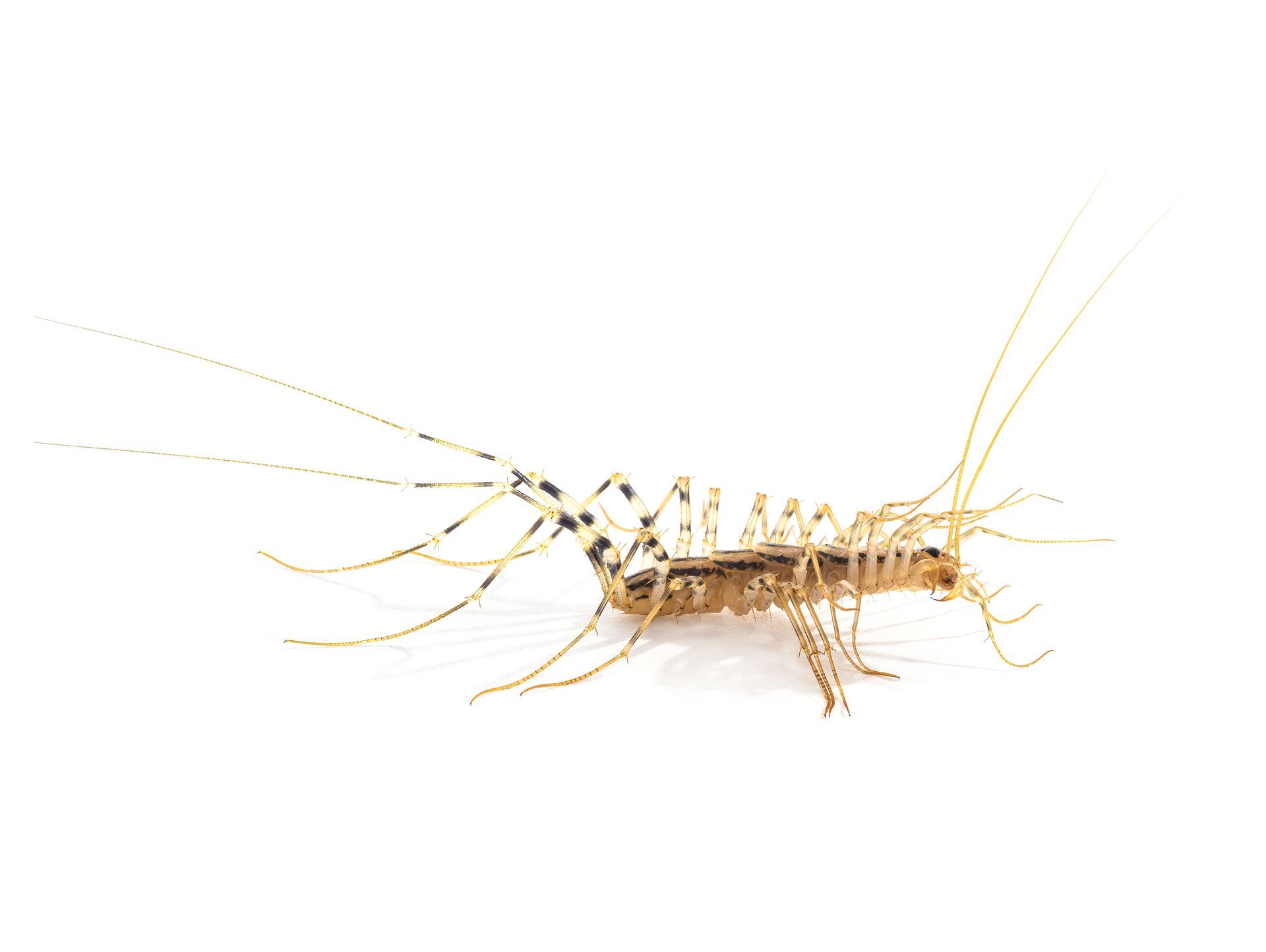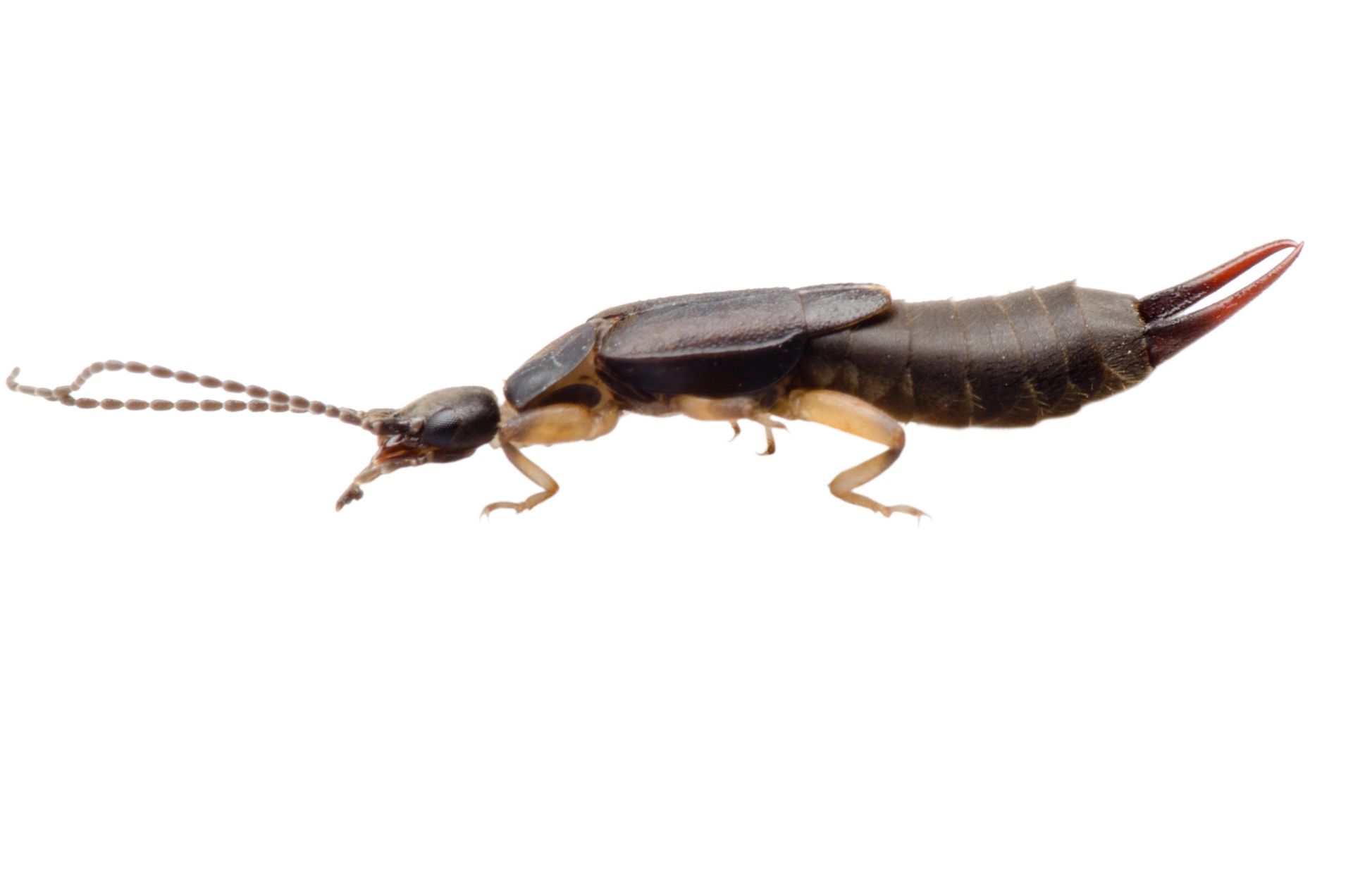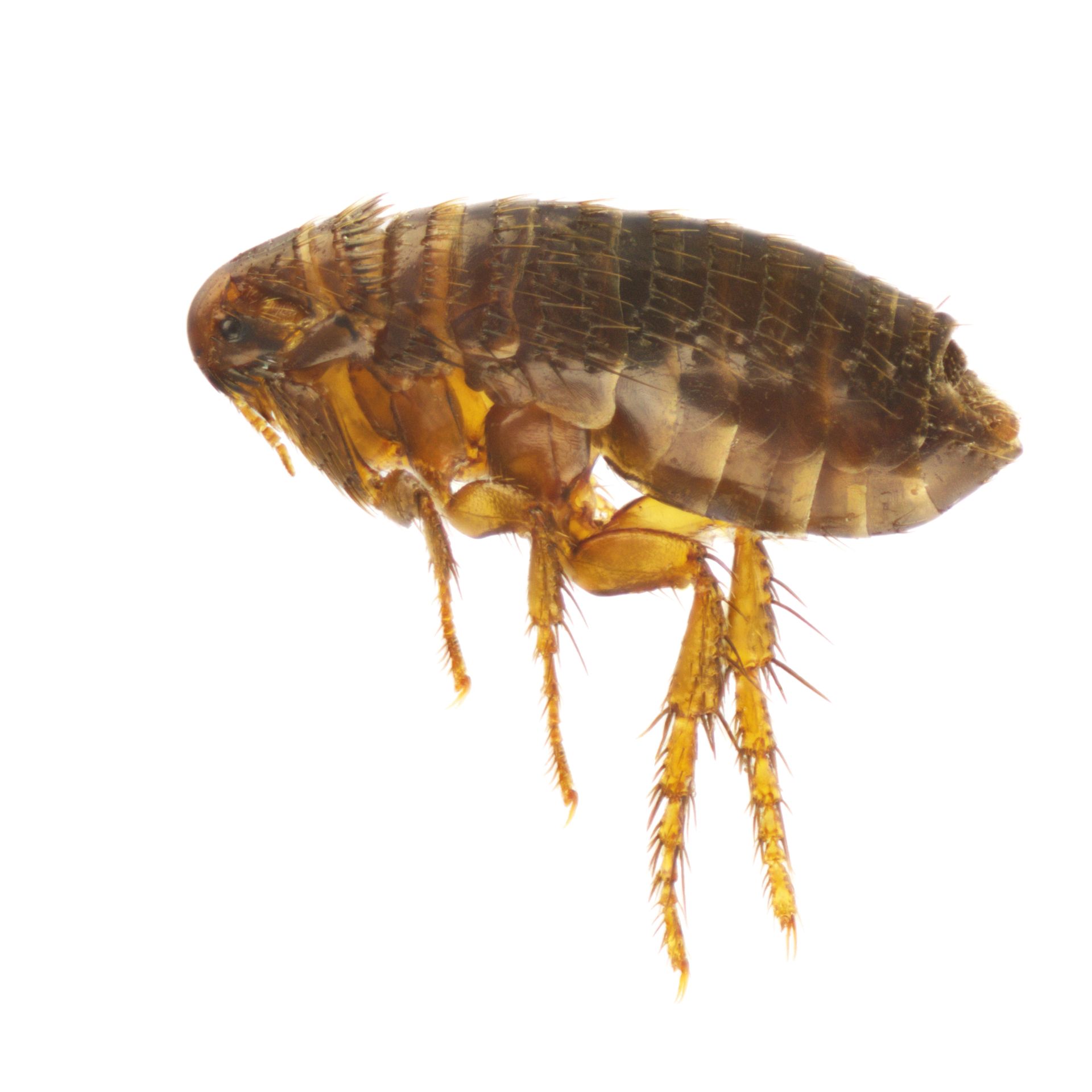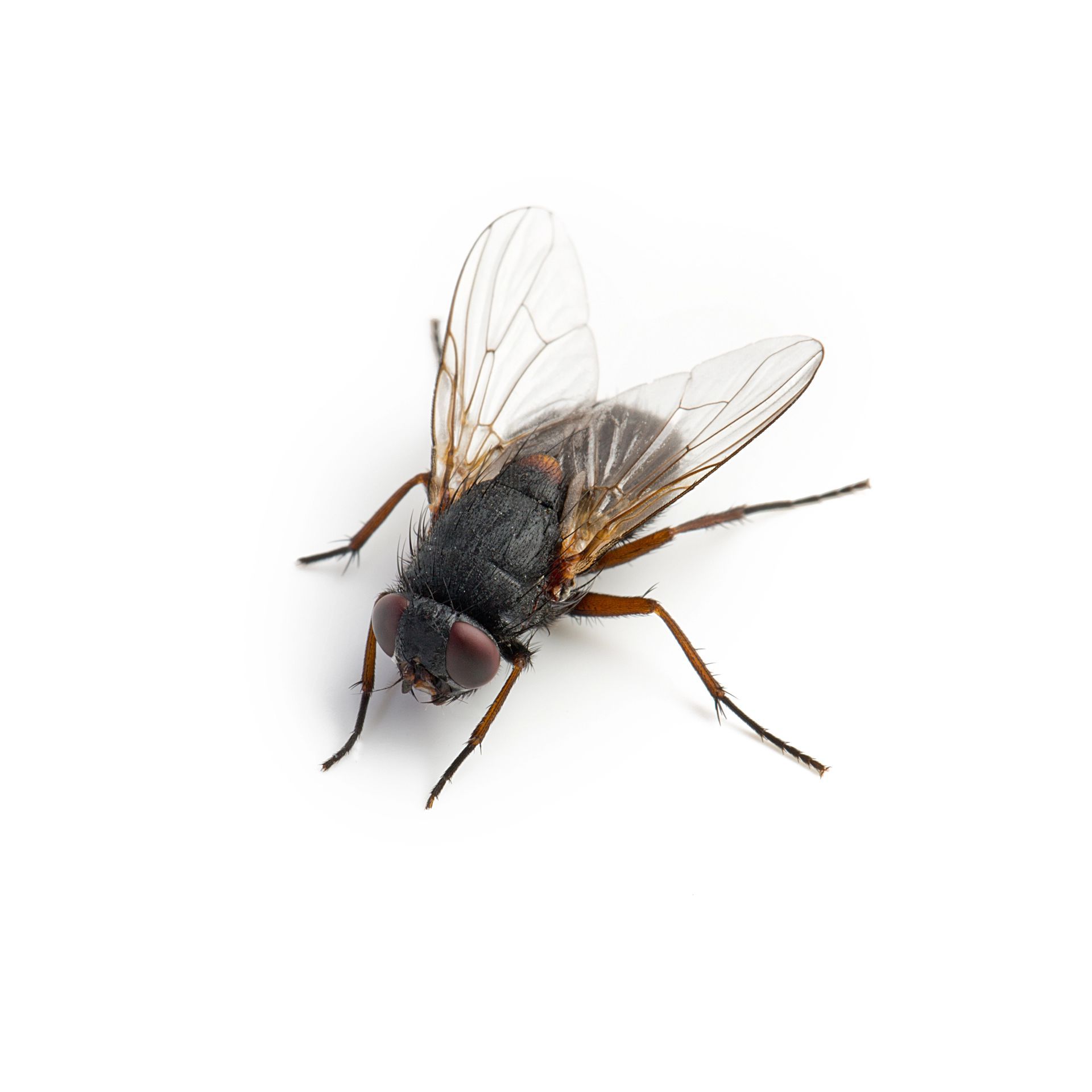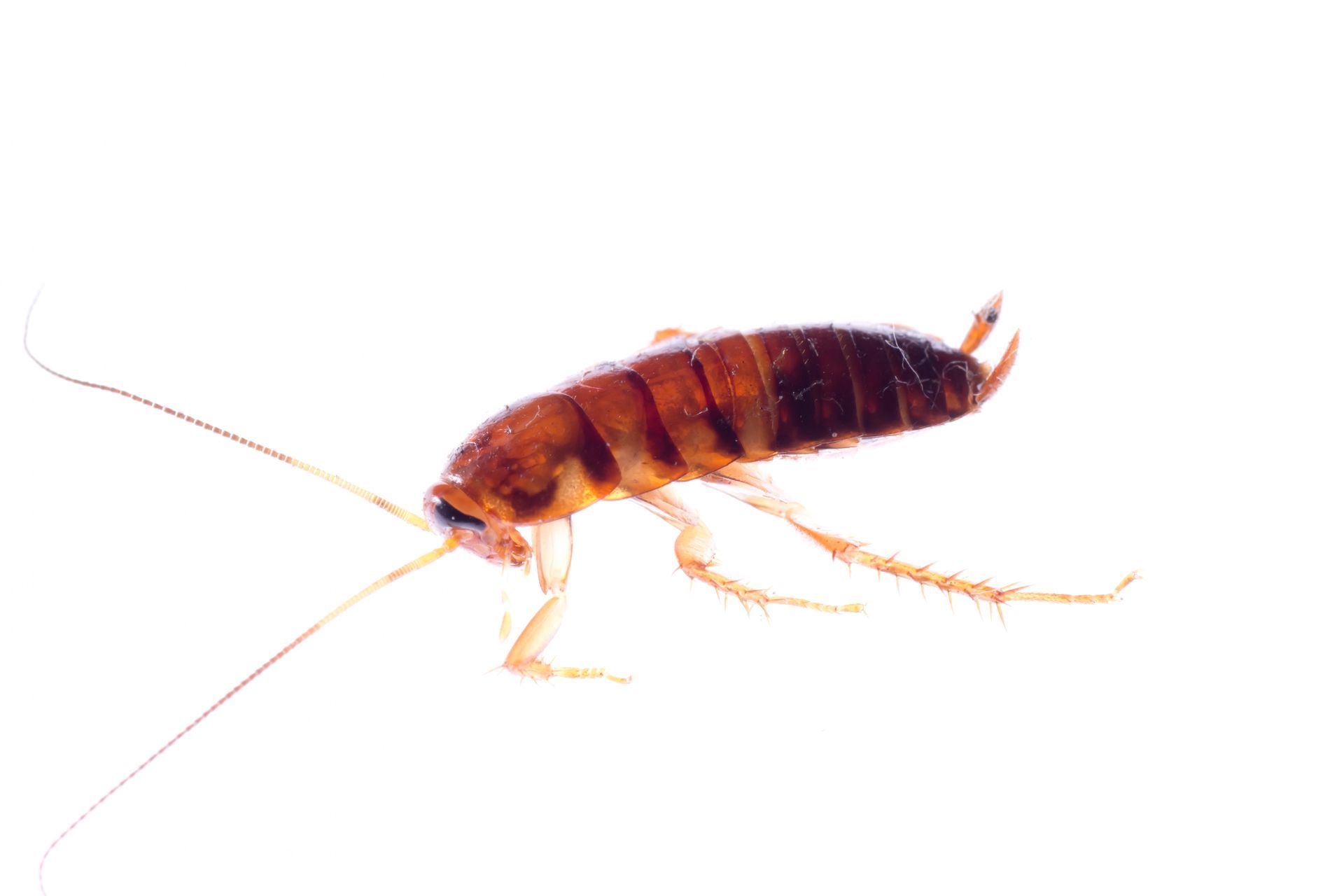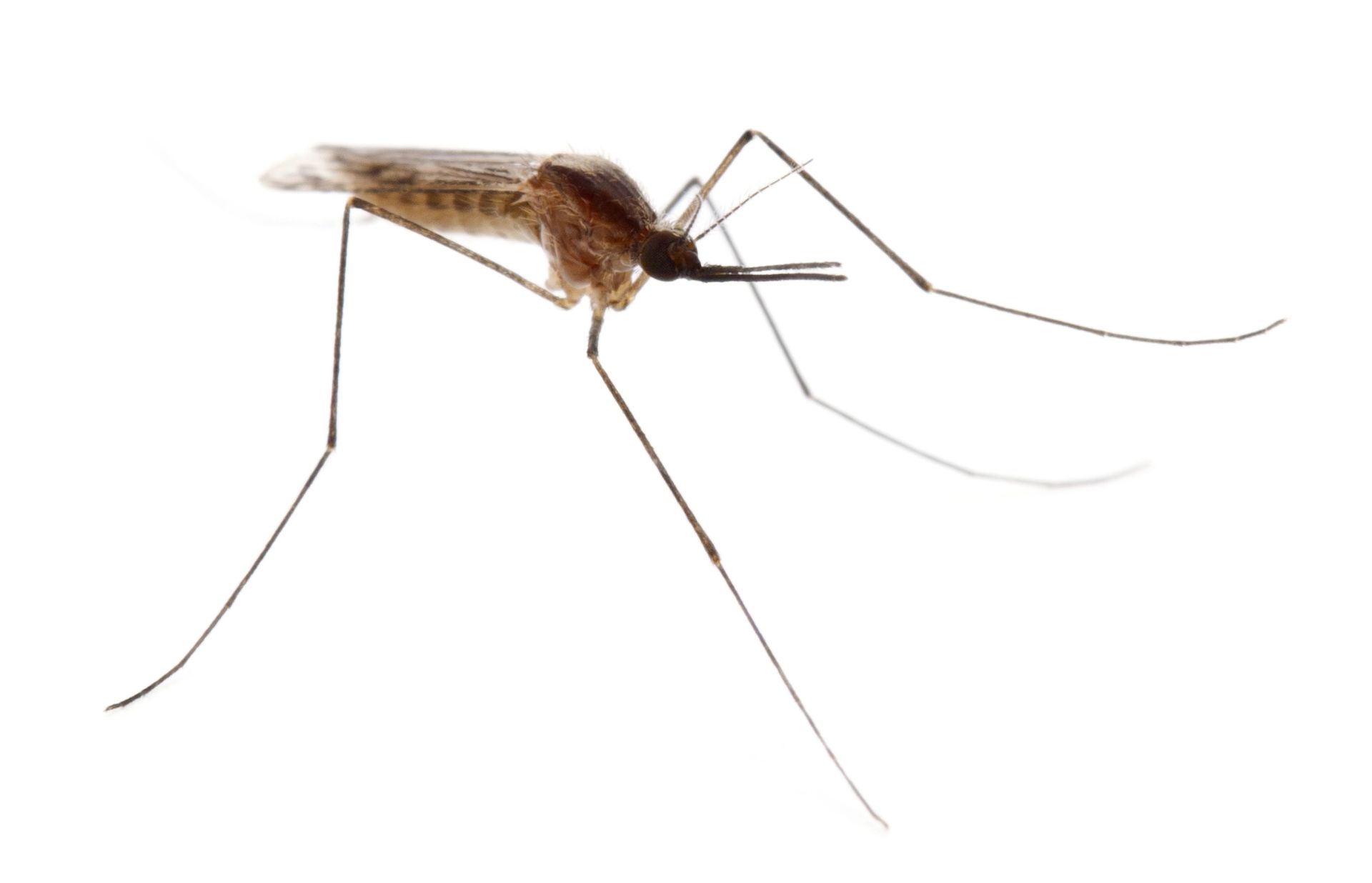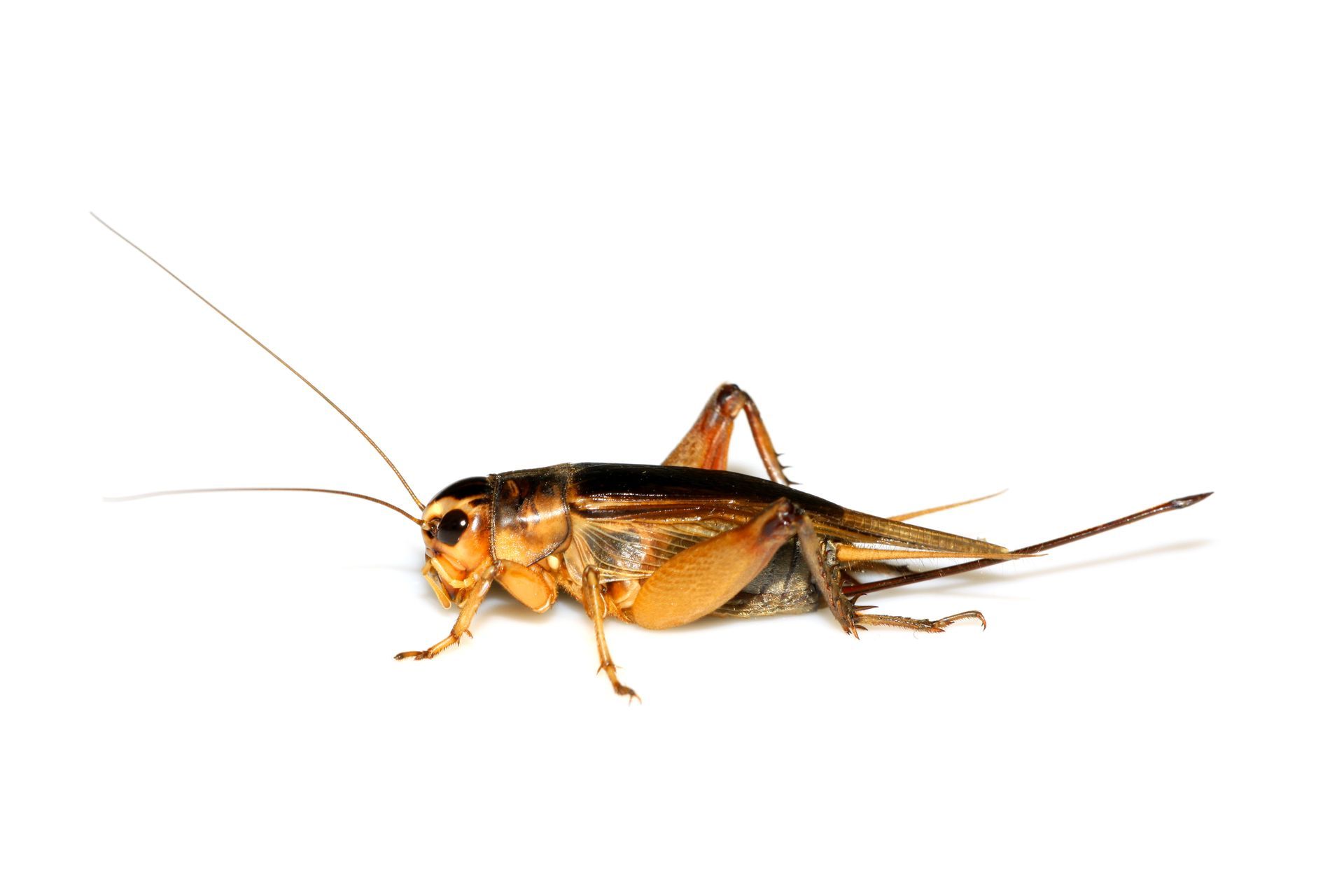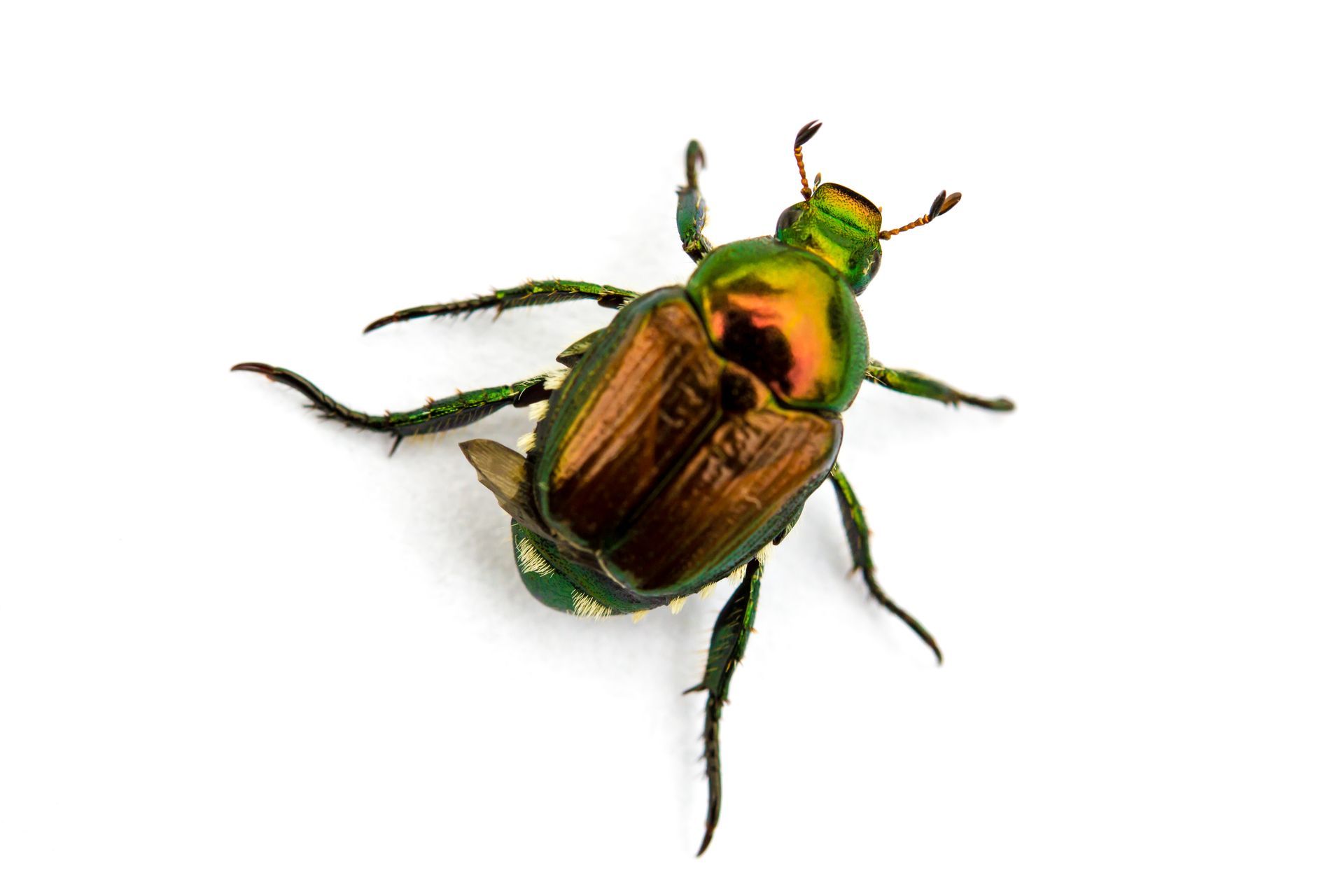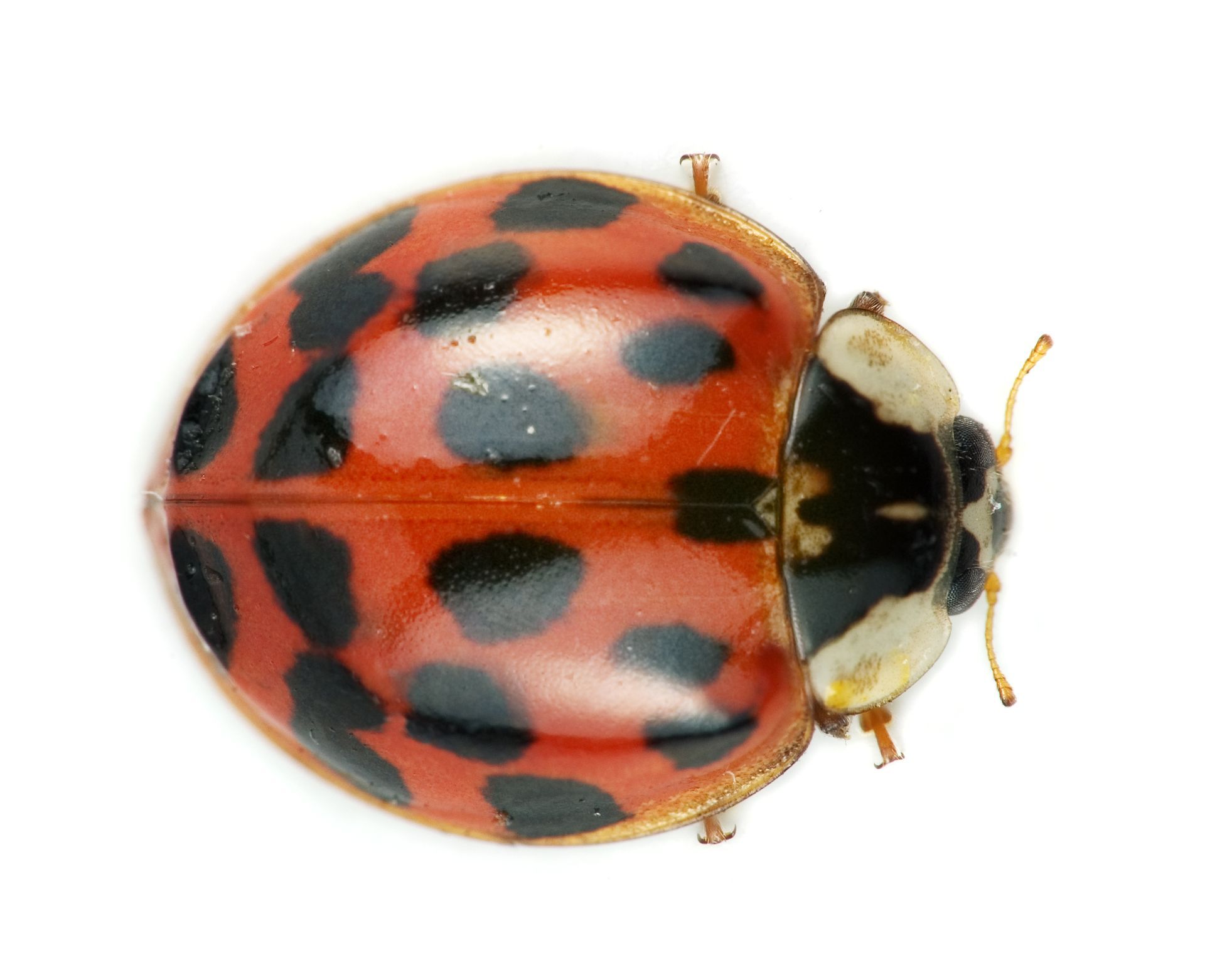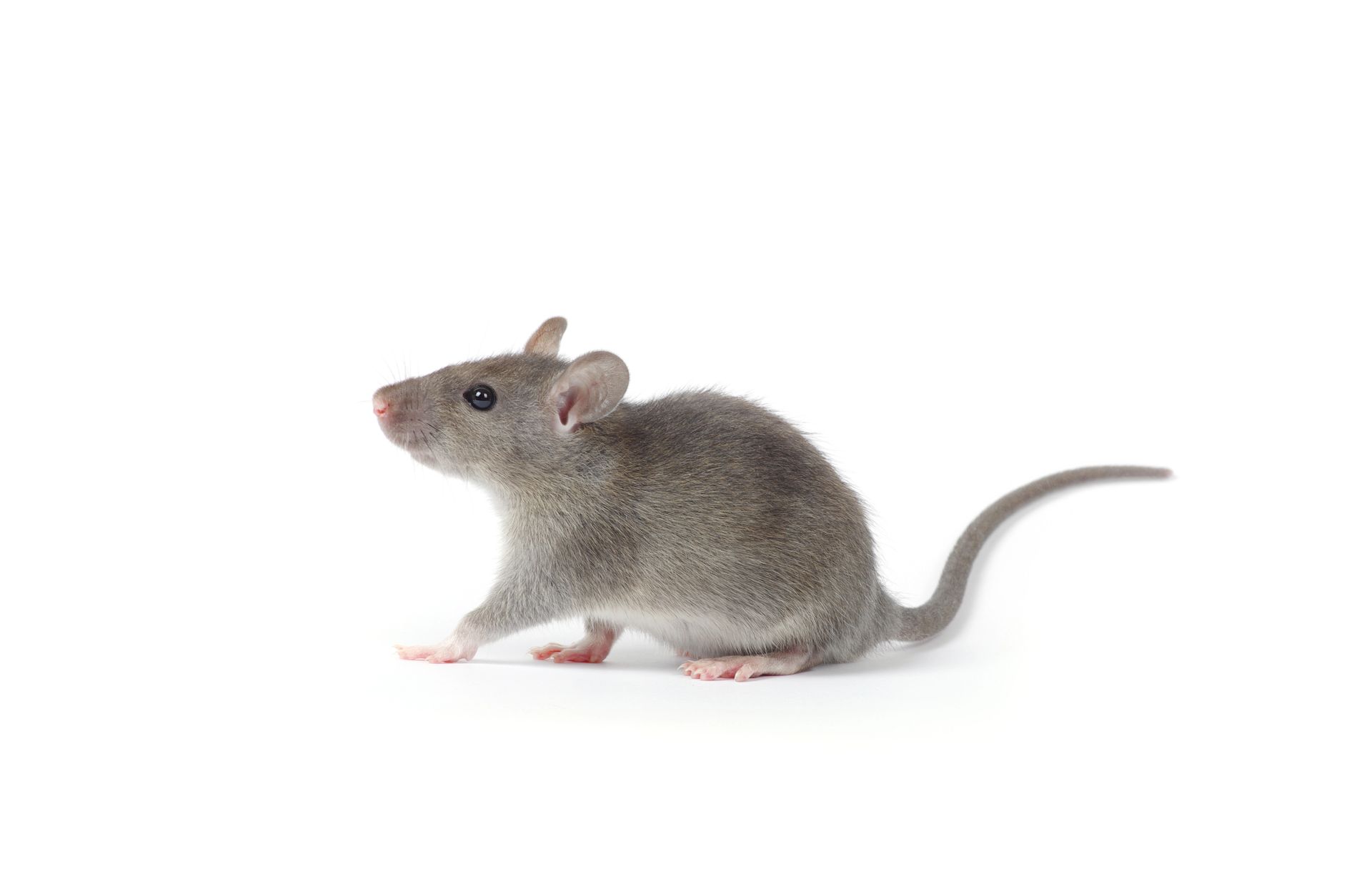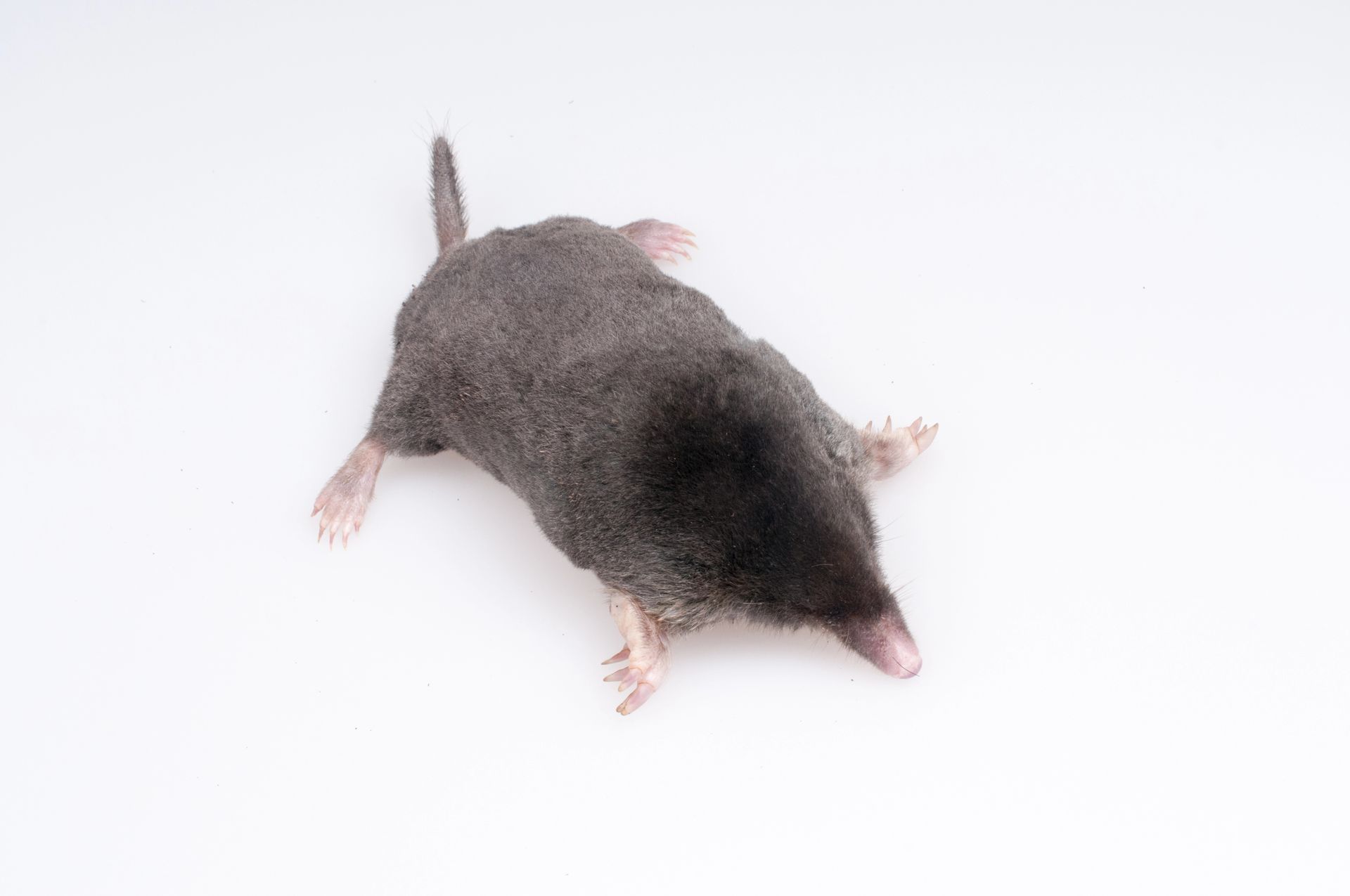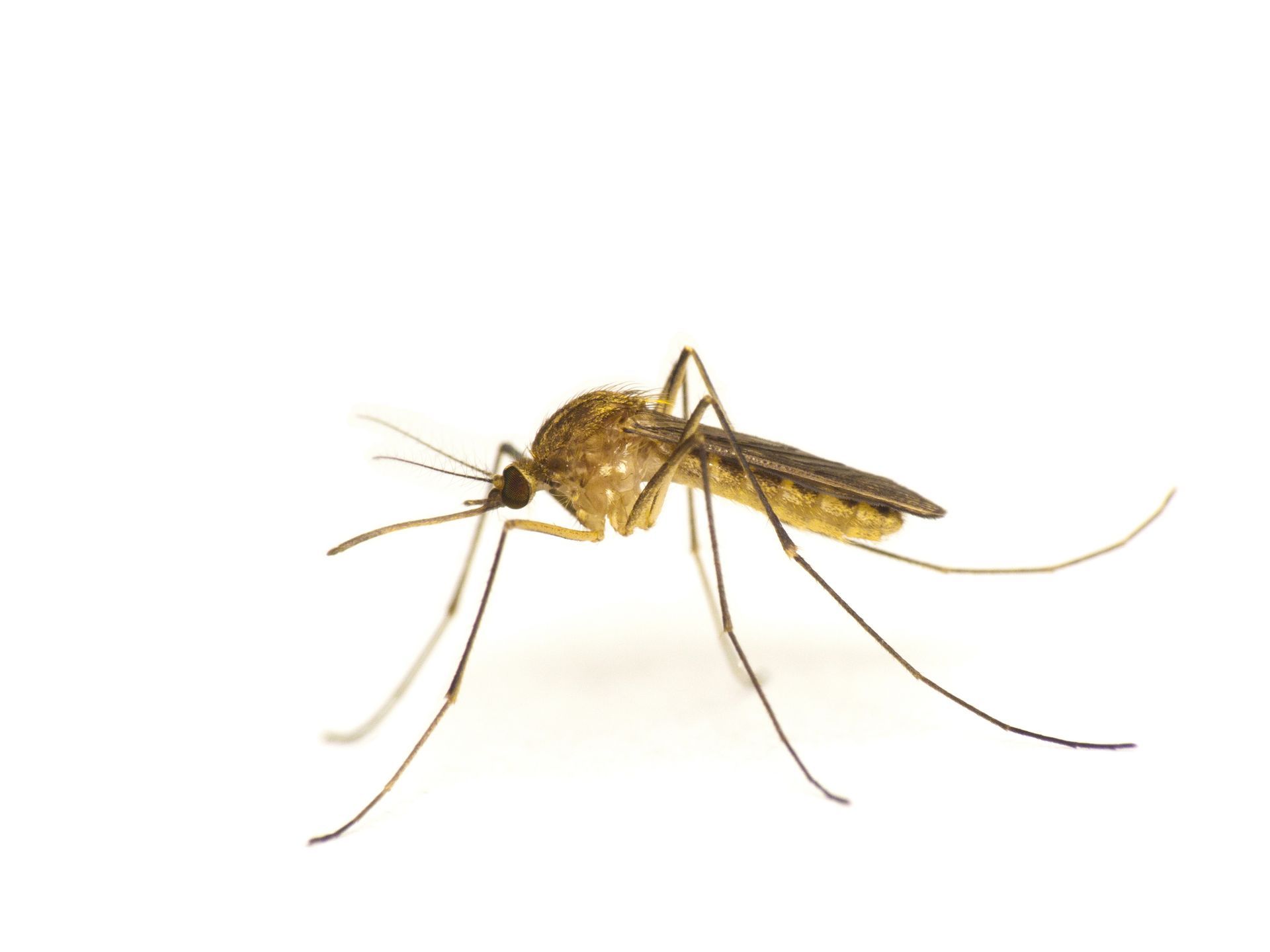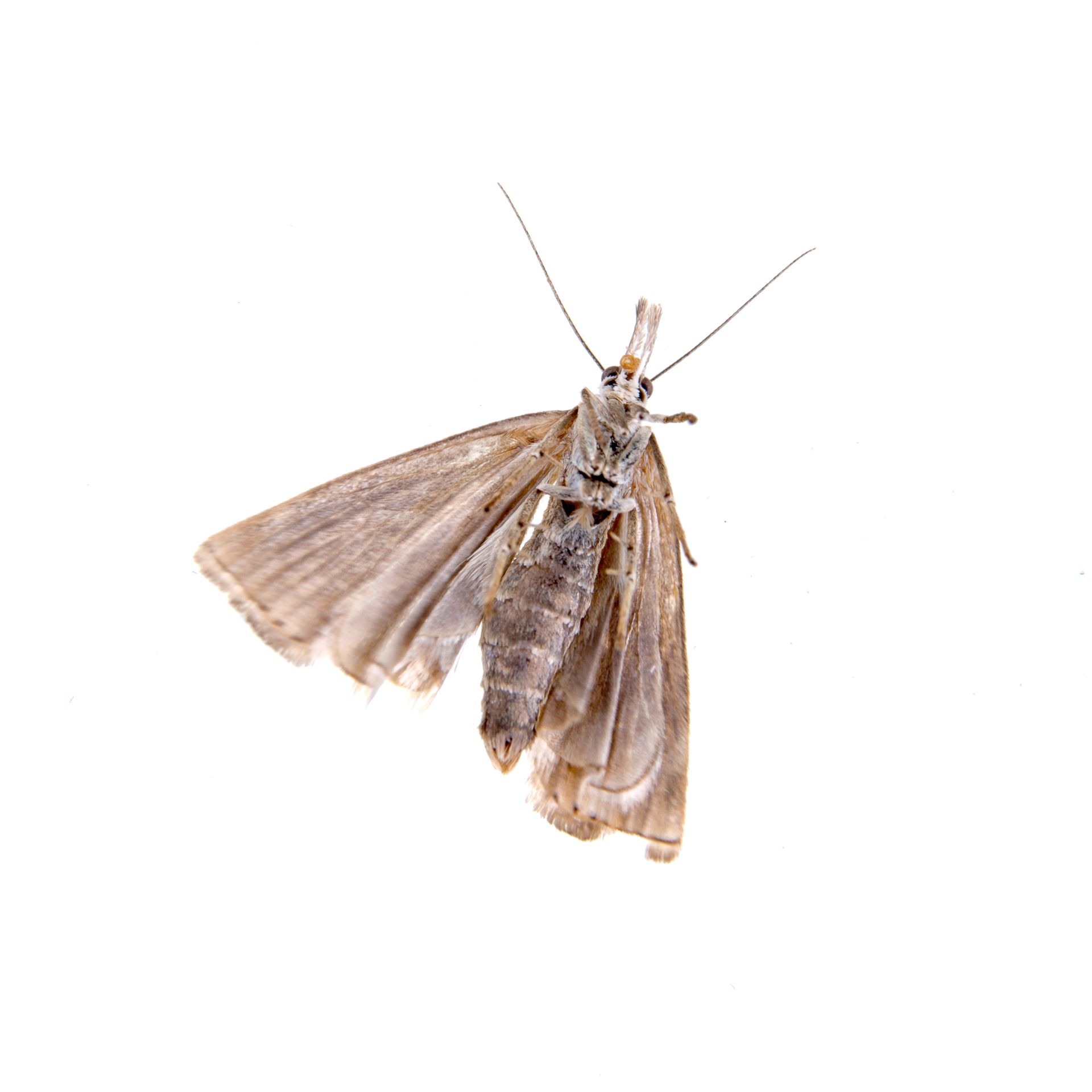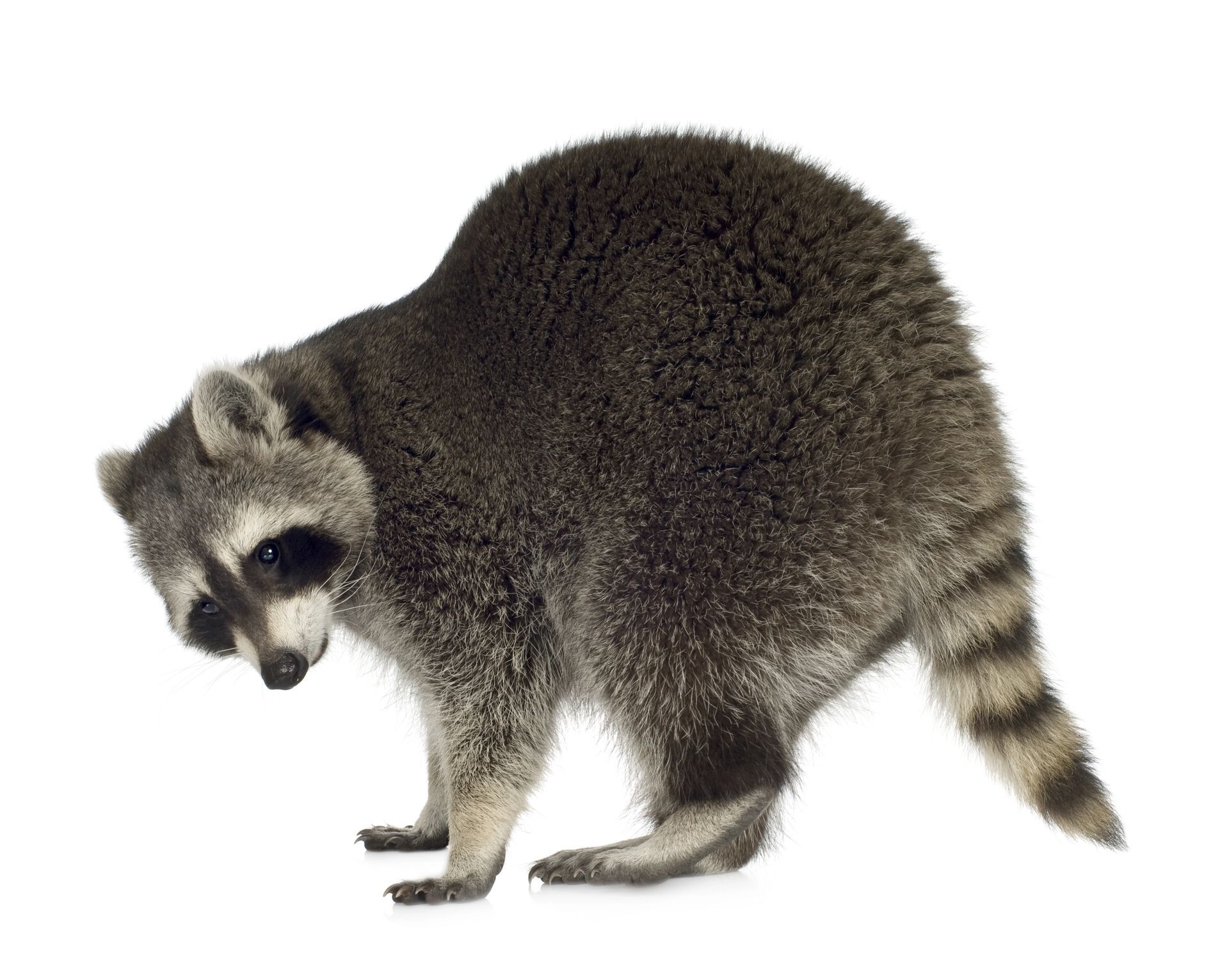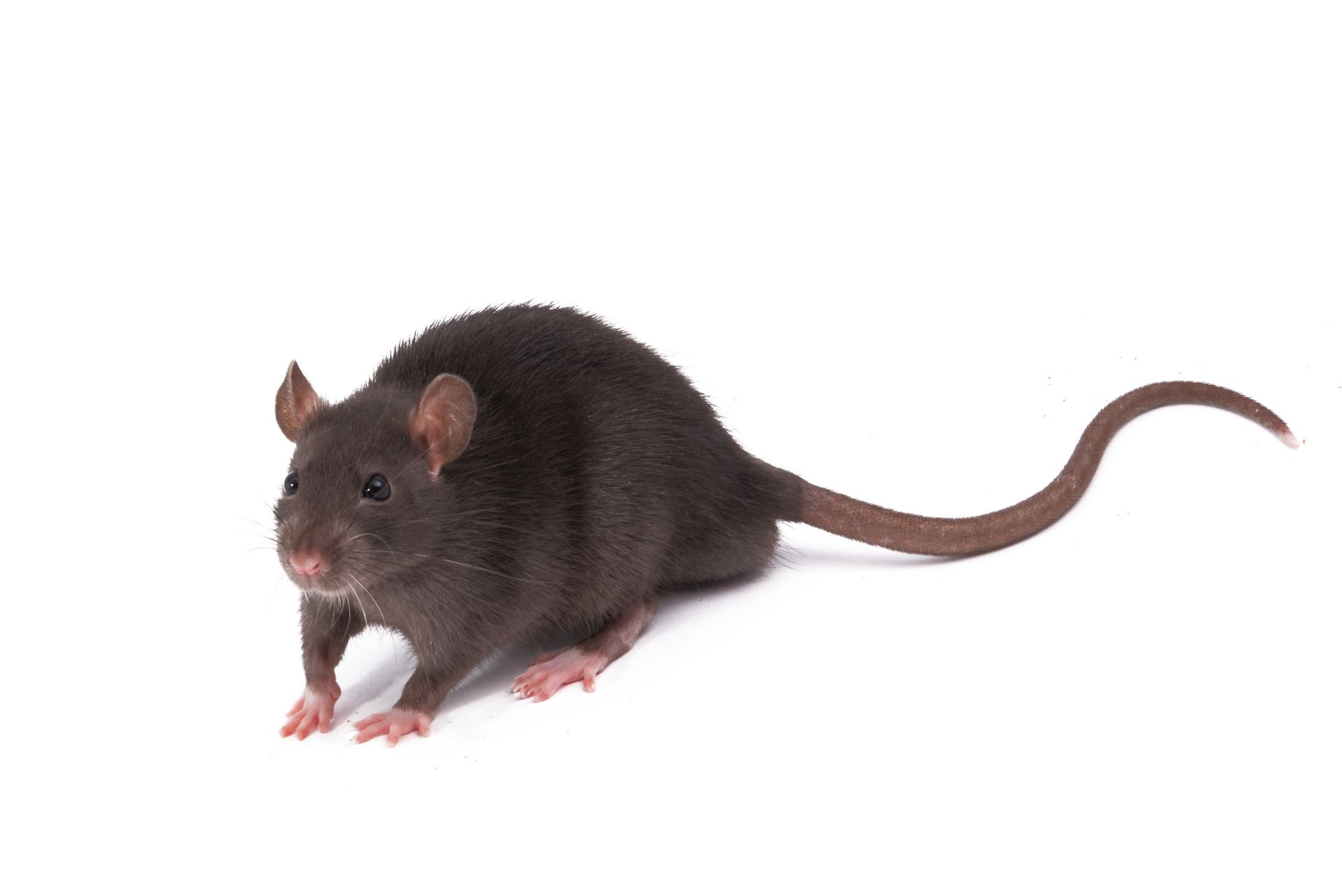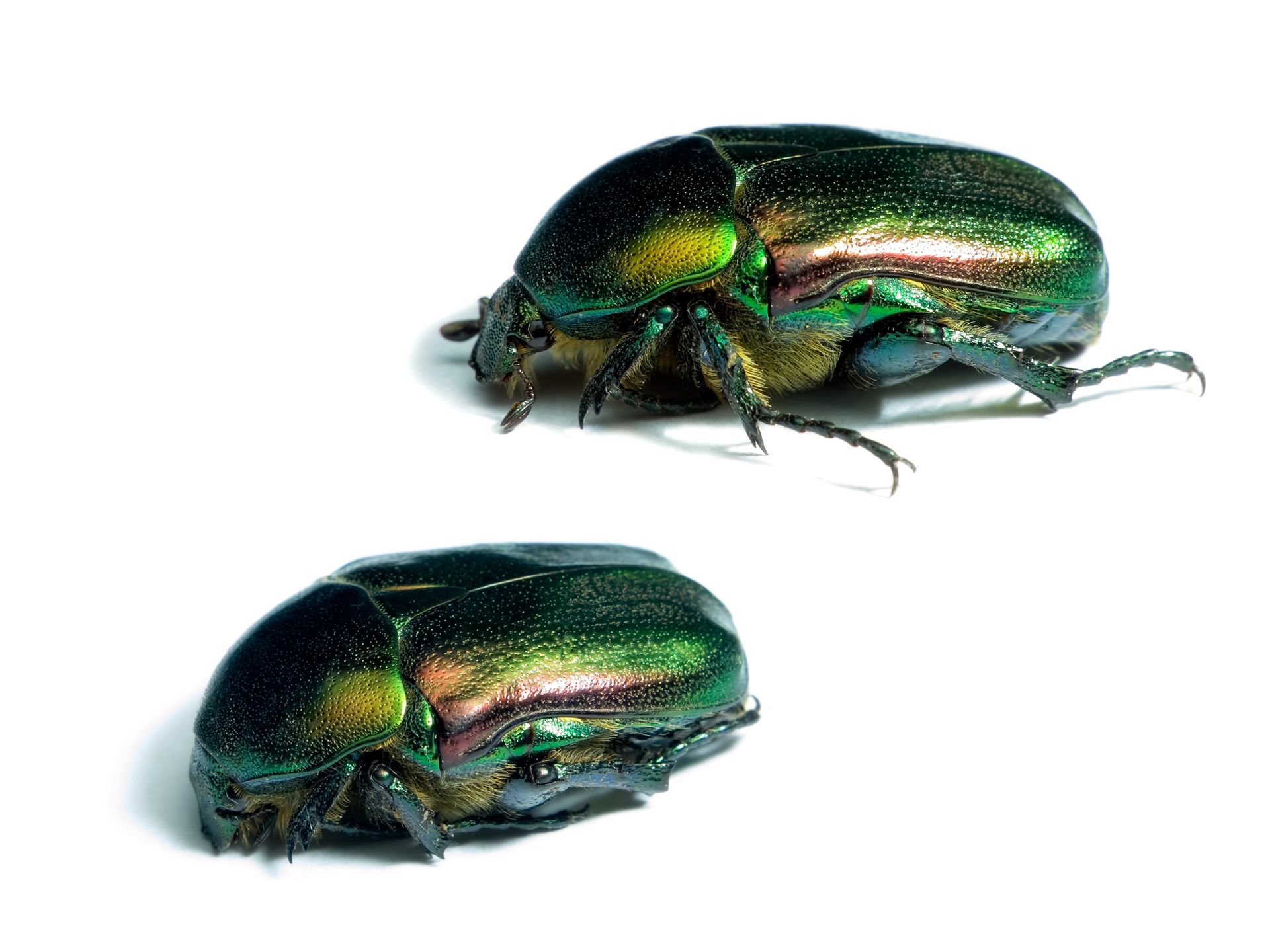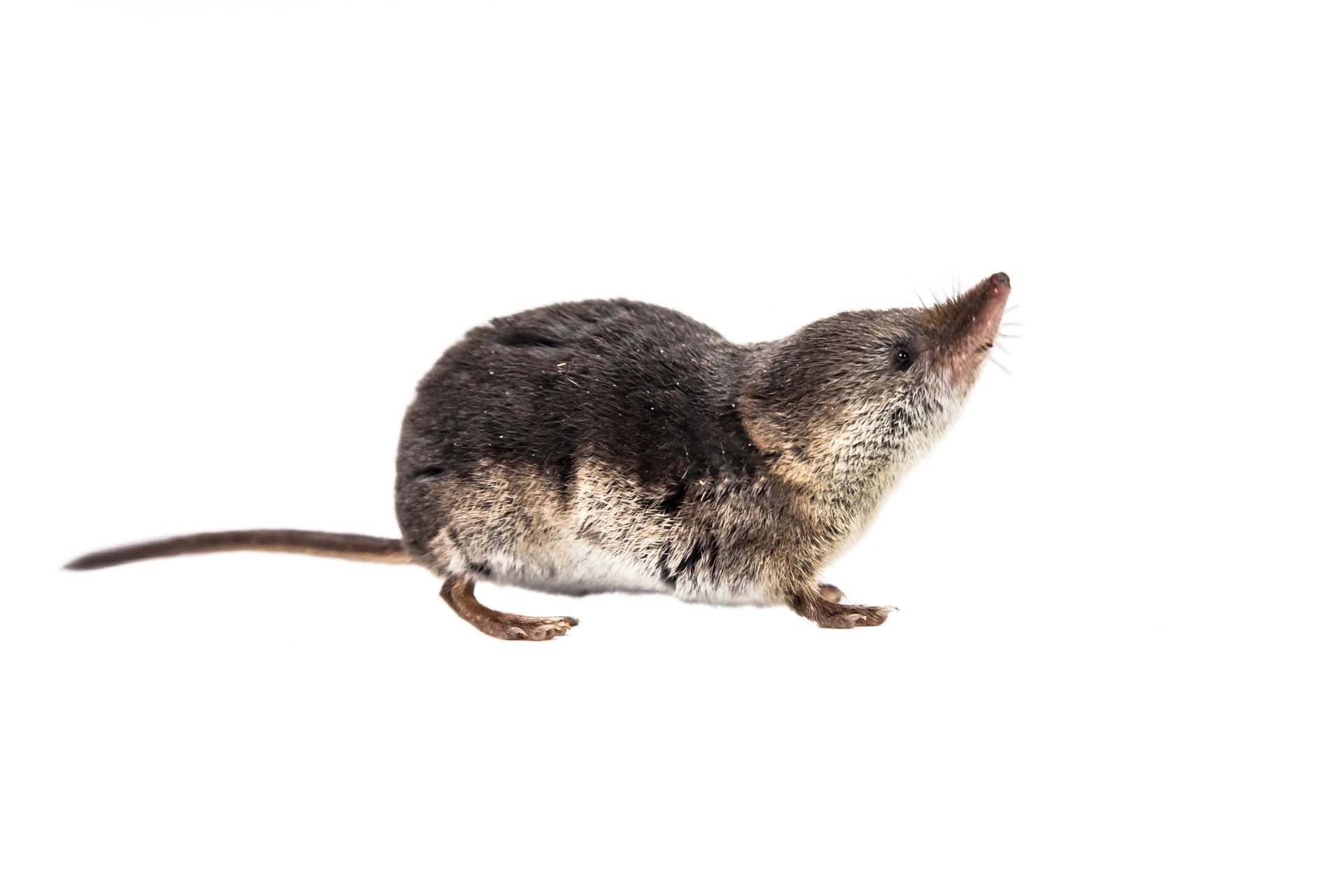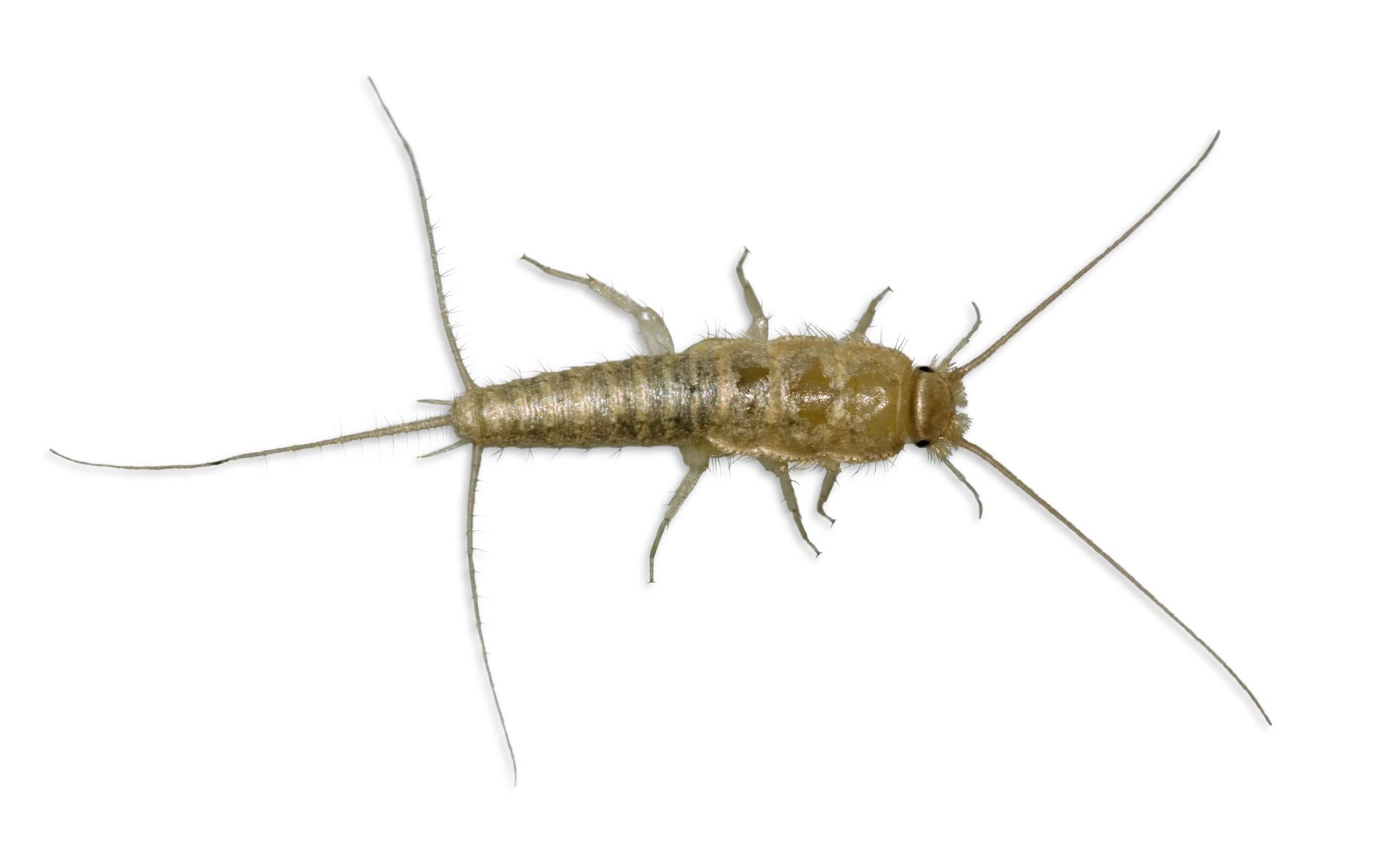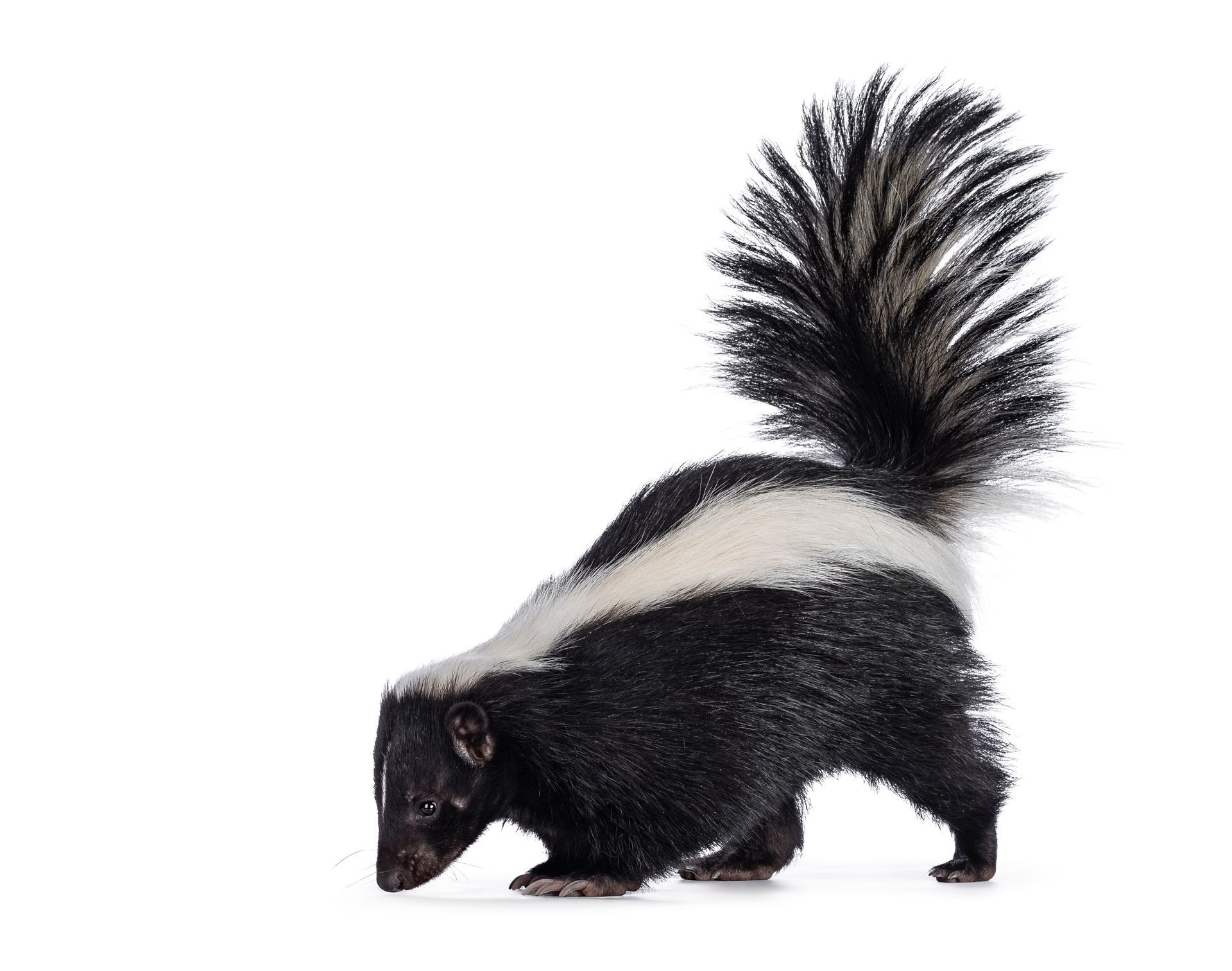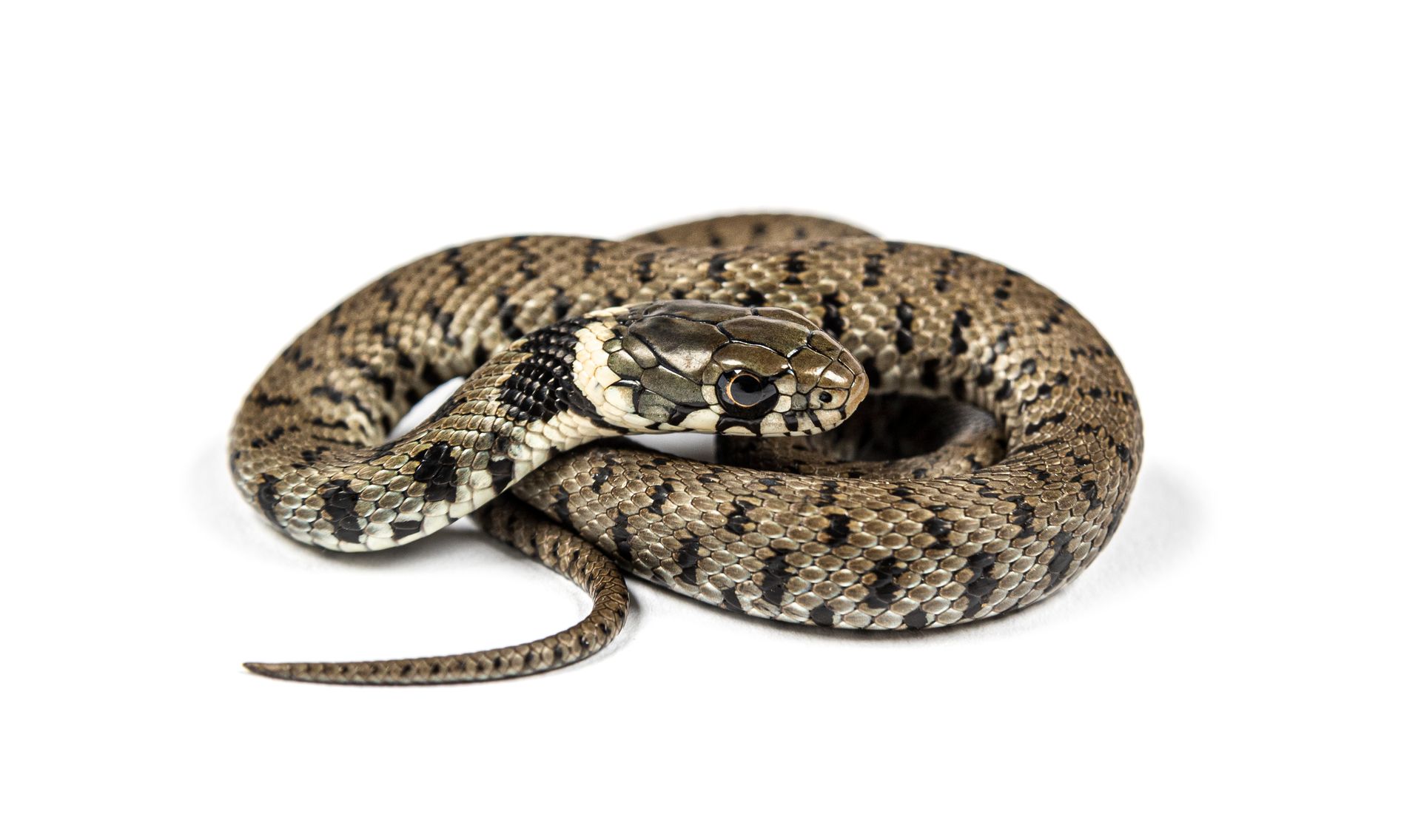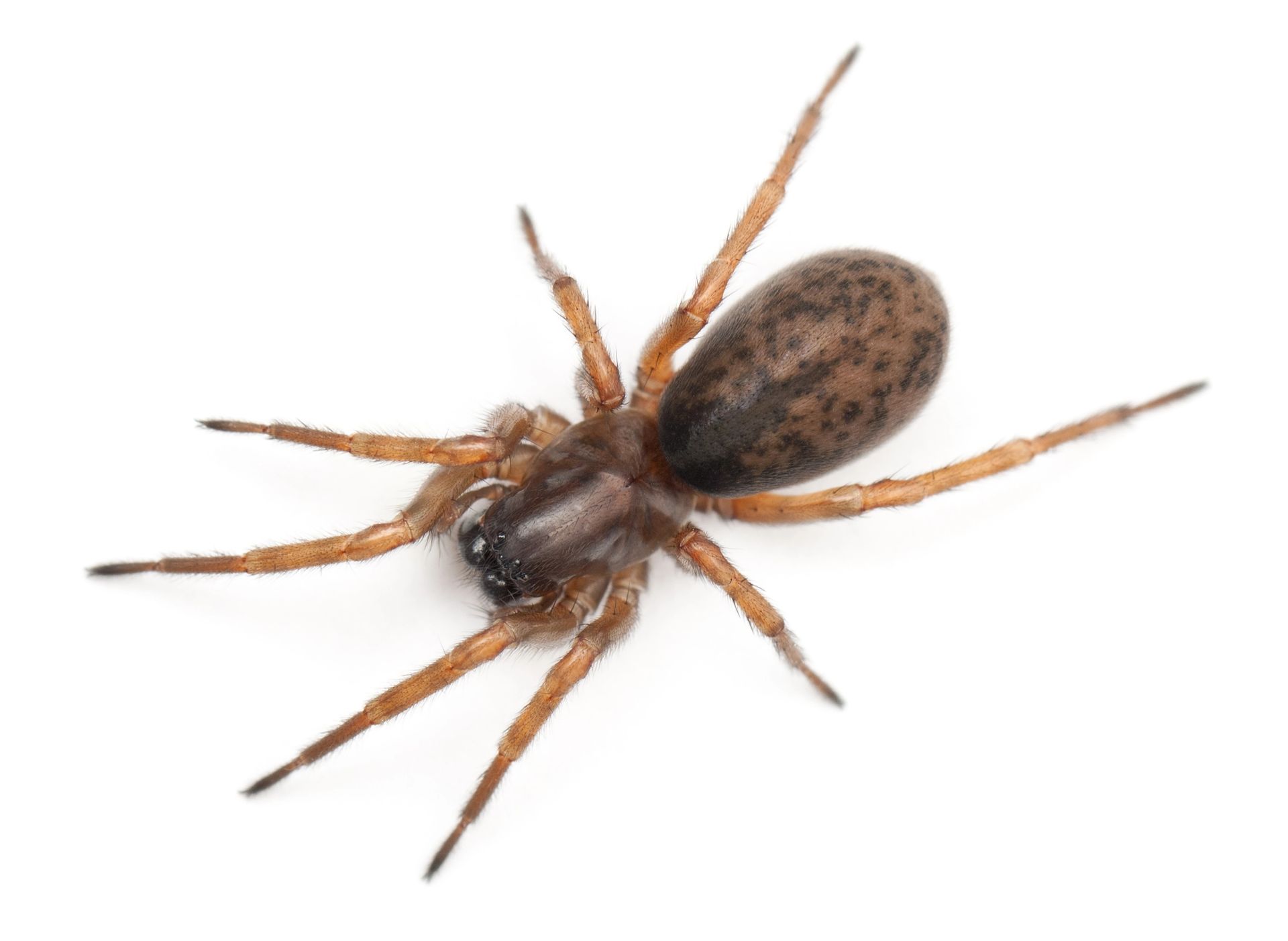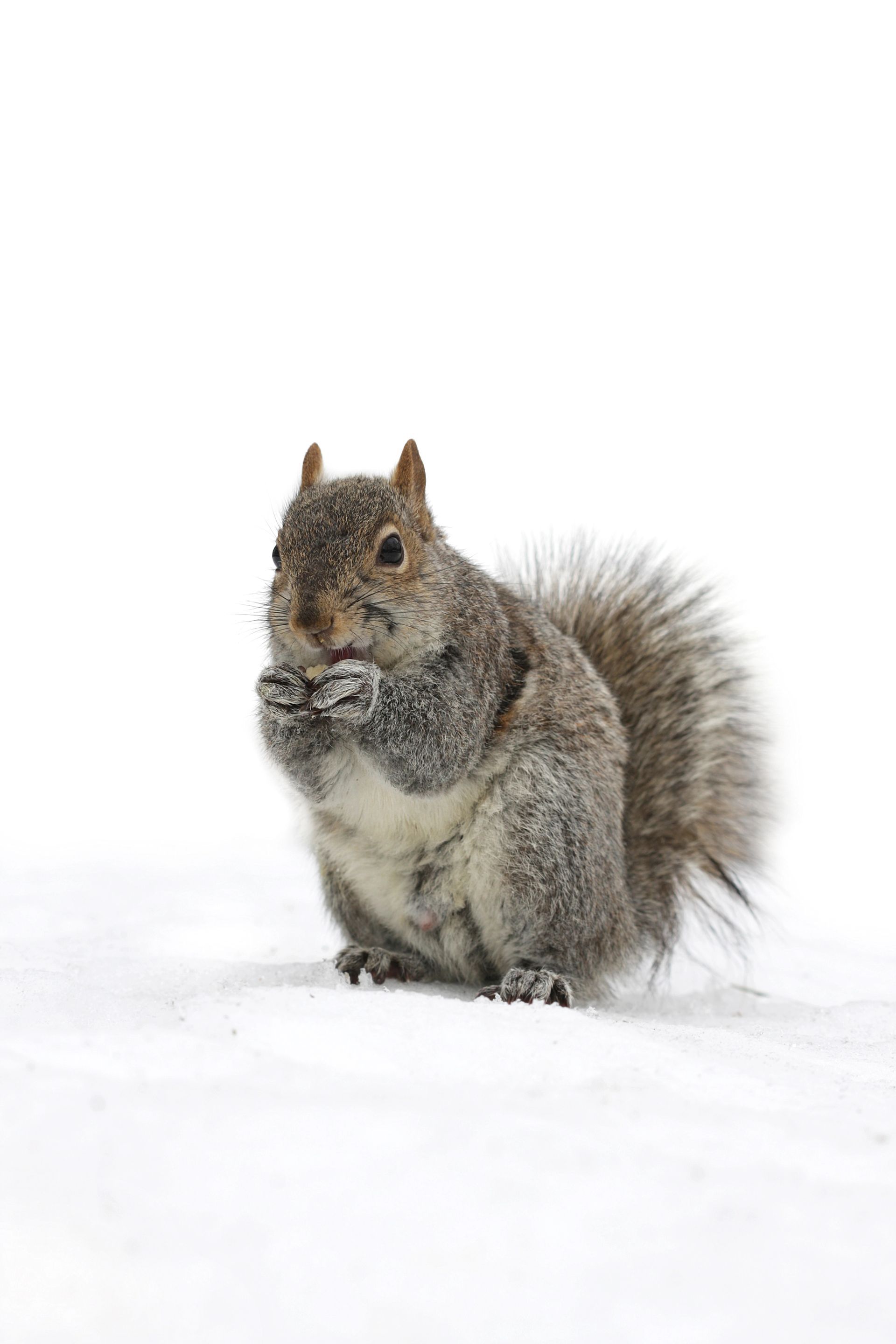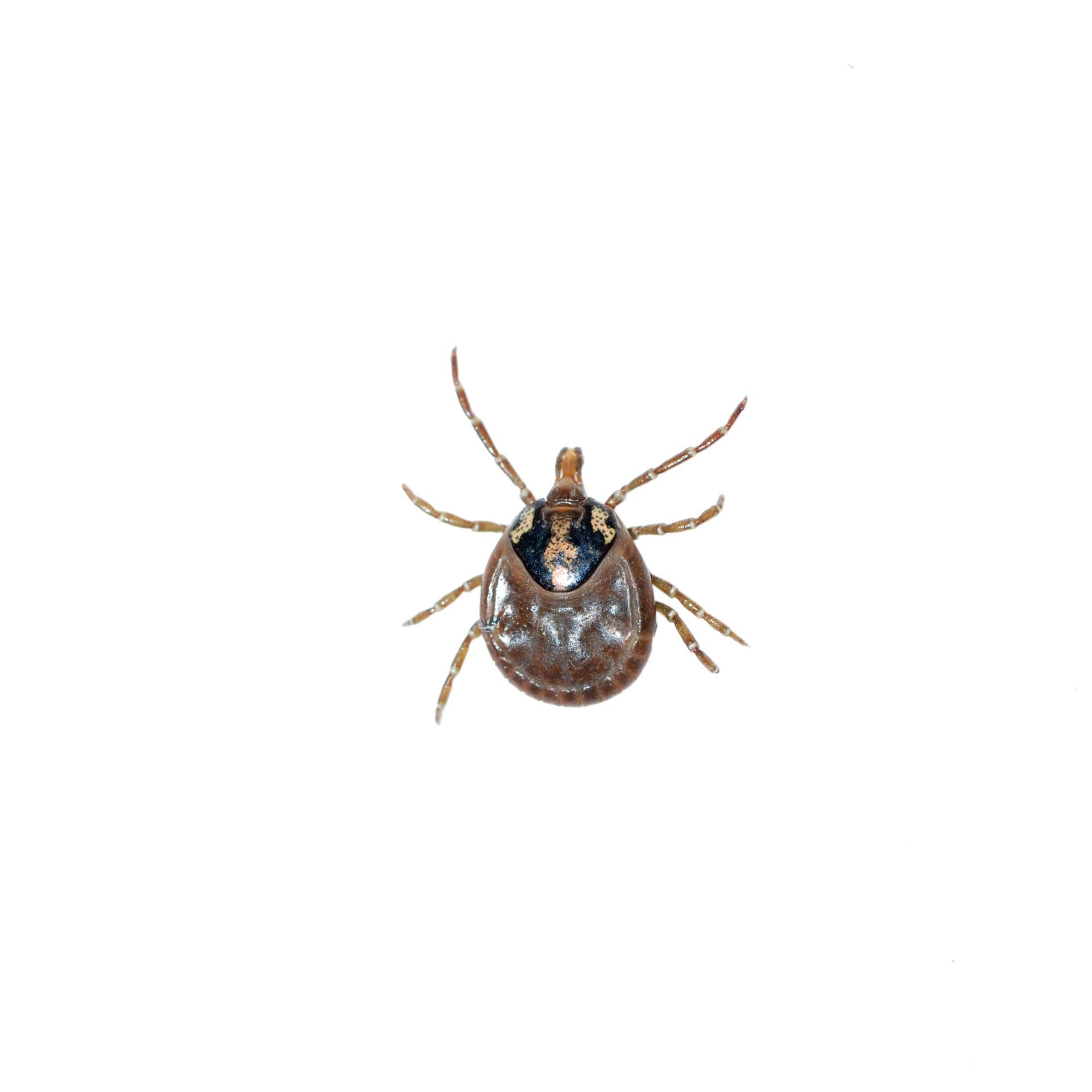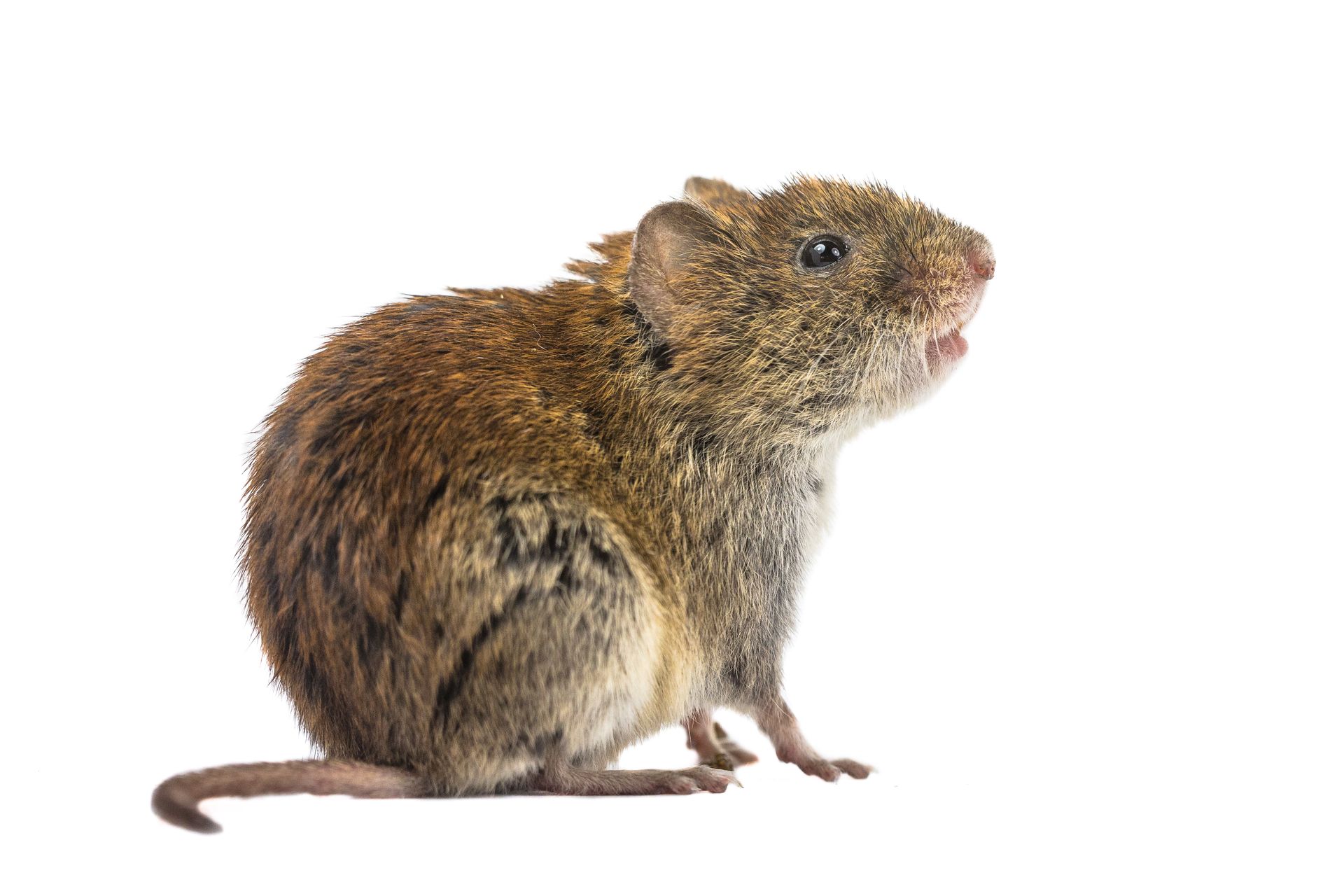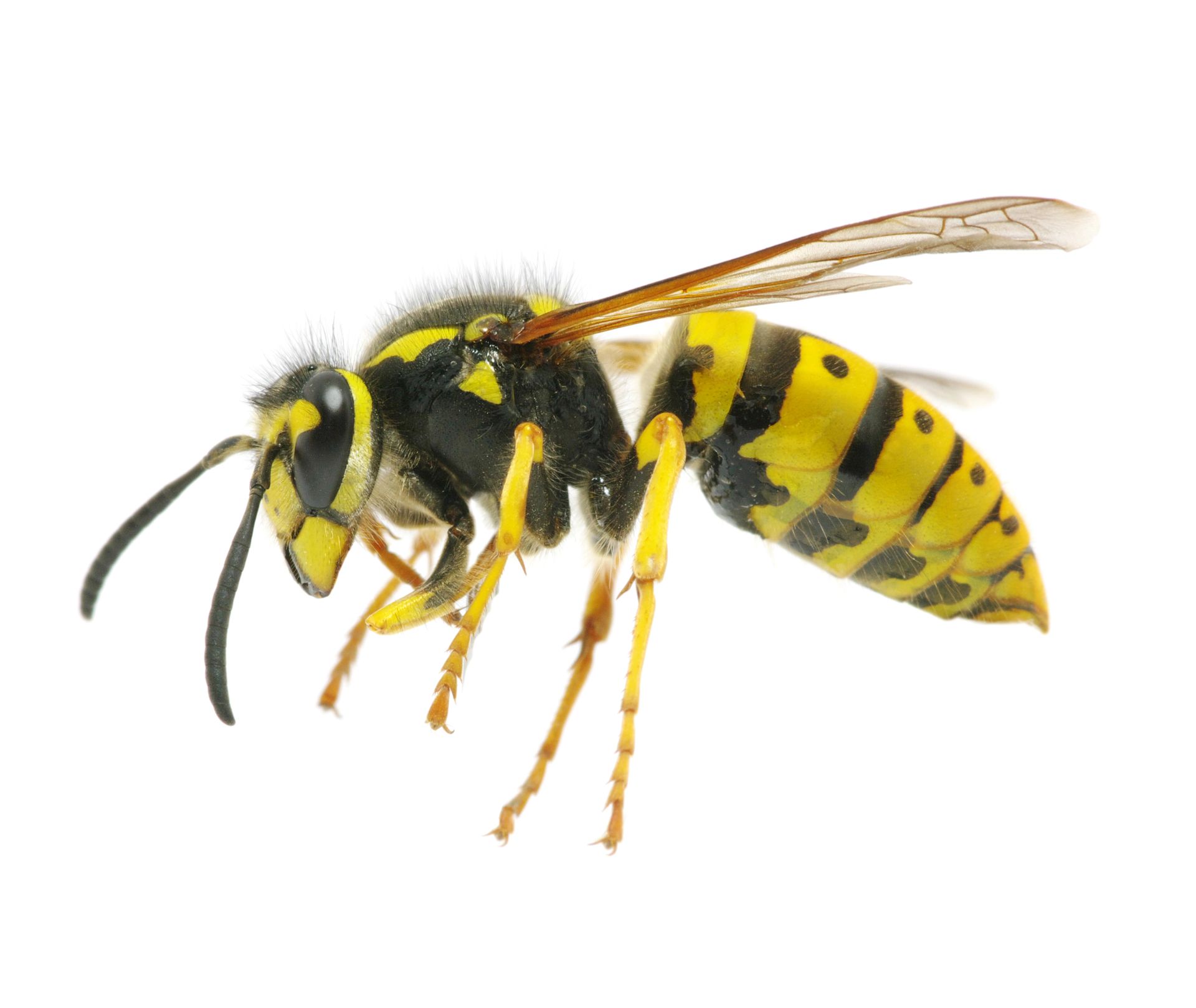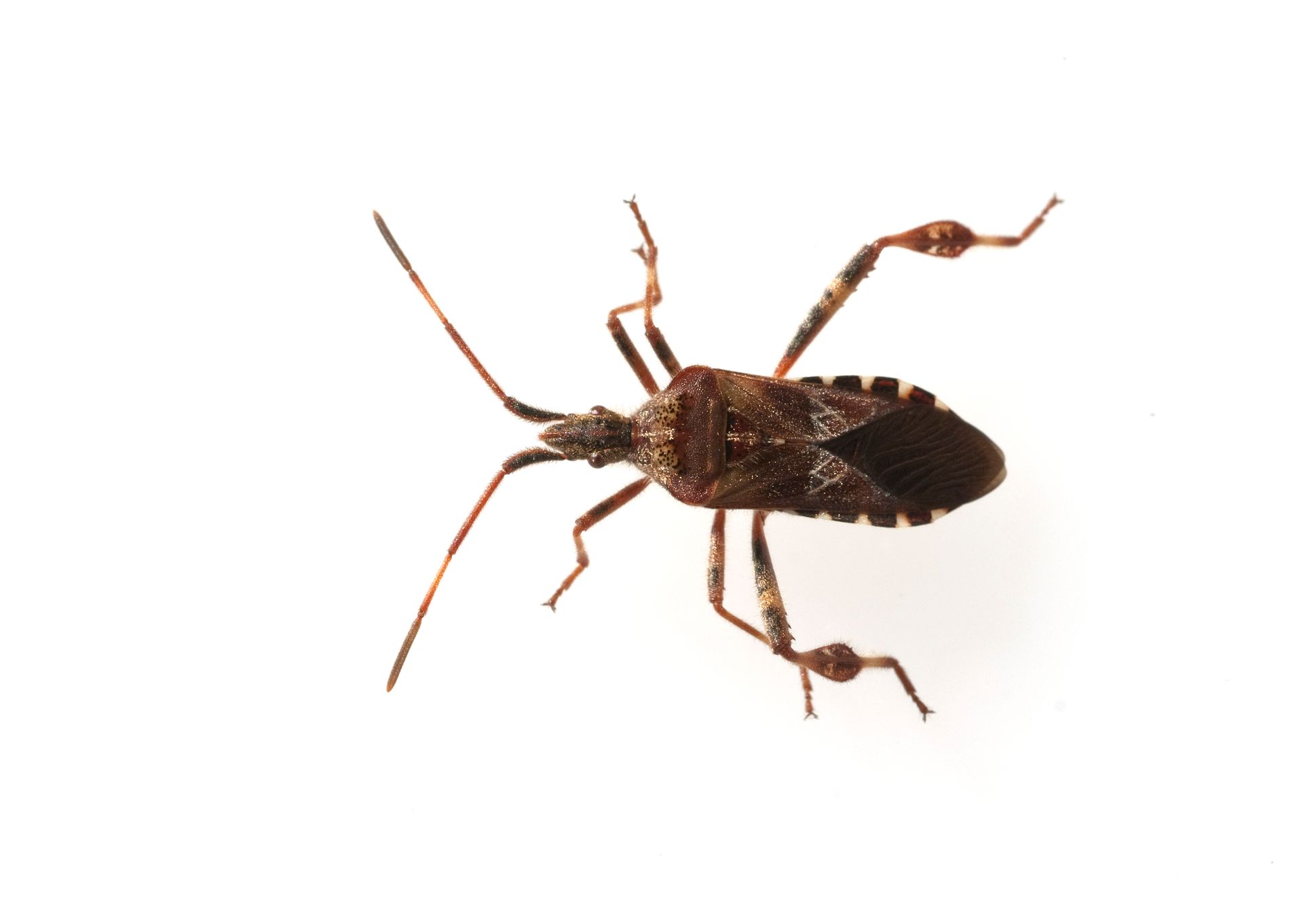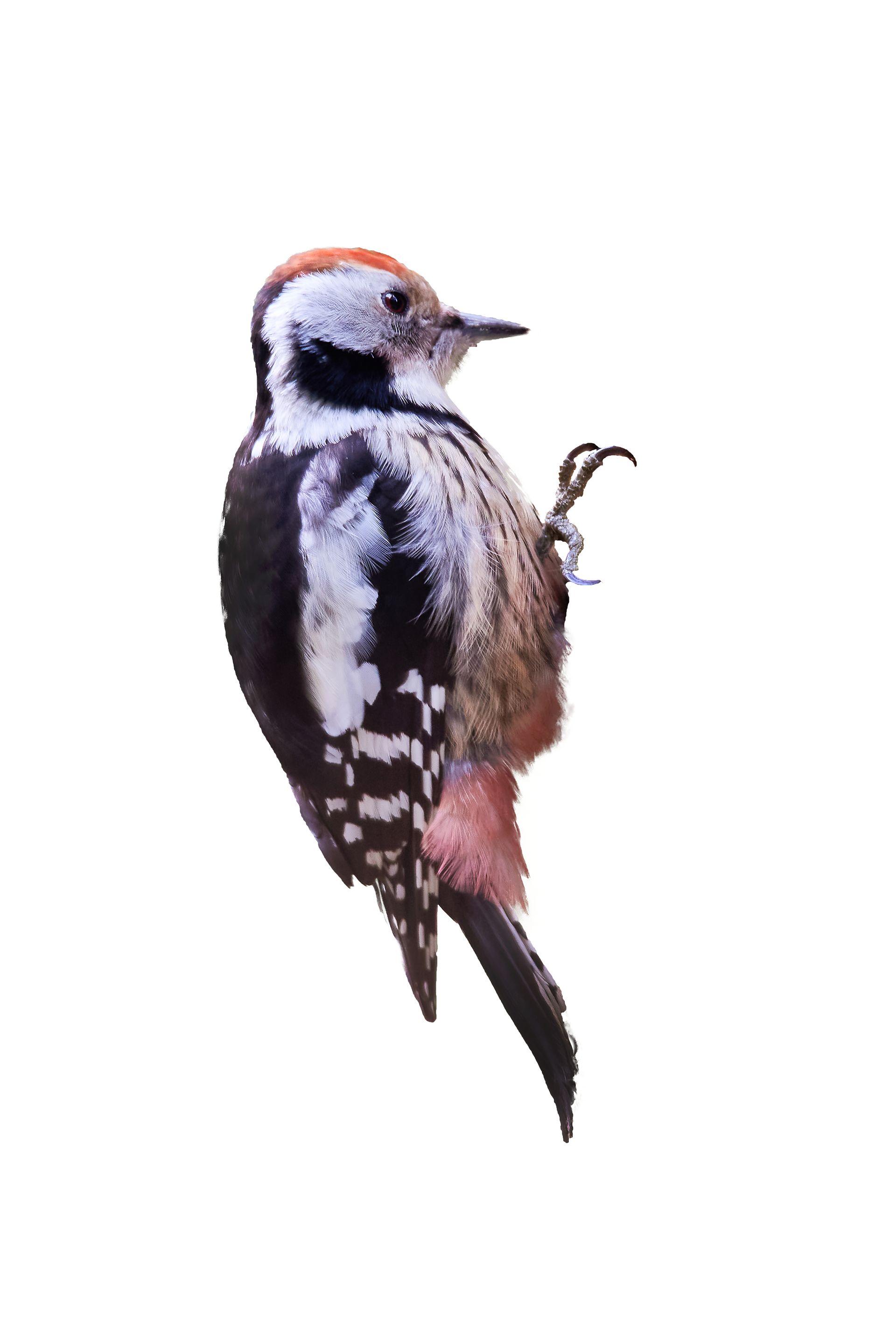Understanding Japanese Beetles in Wisconsin
Japanese beetles are a significant pest in Wisconsin, known for their distinctive metallic green and copper-colored bodies and their voracious appetite for plants. These insects can cause extensive damage to gardens, lawns, and crops, and their presence in homes and buildings is undesirable. Understanding where Japanese beetles are typically found, what attracts them to indoor environments, and why they are unsuitable for homes and buildings is essential for effective management and prevention.
Characteristics and Habitats of Japanese Beetles
Japanese beetles are about 1/2 inch long with shiny, metallic green bodies and copper-brown wing covers. They have six small tufts of white hair along each side of their abdomen. Japanese beetles are active during the day and are most abundant from late June through August.
Japanese beetles are typically found in:
Outdoors:
Gardens and Landscapes: They are often found feeding on a wide variety of plants, including roses, grapes, linden trees, and many other ornamentals and vegetables.
Lawns: Japanese beetle larvae, known as grubs, live in the soil and feed on grass roots, causing brown patches and weakened turf.
Agricultural Areas: Crop fields, especially those with corn, soybeans, and fruit trees, are also common habitats for Japanese beetles.
Indoors:
Accidental Entry: Japanese beetles typically do not infest homes intentionally. However, they can enter buildings through open windows, doors, or cracks while seeking shelter.Around Light Sources: Beetles are attracted to light and may gather around windows, light fixtures, and other illuminated areas.
Attractions in Homes and Buildings
While Japanese beetles are primarily outdoor pests, they can be attracted to homes and buildings for several reasons:
Light Sources: Japanese beetles are attracted to light, which can draw them indoors through open windows and doors, especially at night.
Indoor Plants: Although less common, Japanese beetles can be attracted to indoor plants, particularly if they have been moved from outdoors.
Why Japanese Beetles Are Not Suitable for Homes and Buildings
Japanese beetles are unsuitable for homes and buildings for several reasons:
Plant Damage:
Defoliation: Japanese beetles feed on the leaves, flowers, and fruits of over 300 plant species, skeletonizing leaves and causing significant aesthetic and economic damage.
Indoor Plant Damage: If they enter homes, Japanese beetles can damage indoor plants, causing leaf loss and weakening the plants.
Nuisance:
Unpleasant Presence: Japanese beetles can be a nuisance when they enter homes, congregating around windows and lights and causing distress to residents.
Infestations: While they do not reproduce indoors, large numbers of beetles can accumulate if they find their way inside.
Lawn and Garden Damage:
Root Damage: The larvae (grubs) of Japanese beetles feed on grass roots, leading to dead patches in lawns and weakened turf that can easily be pulled up.
Prevention and Control
To prevent and control Japanese beetle infestations on properties and minimize their entry into homes, consider the following strategies:
Outdoor Management:
Plant Selection: Choose plants that are less attractive to Japanese beetles for your garden and landscape.
Handpicking: Regularly inspect plants and handpick beetles, dropping them into soapy water to reduce their numbers.
Natural Predators: Encourage natural predators, such as birds and beneficial insects, to help control Japanese beetle populations.
Insecticides: Use insecticides labeled for Japanese beetle control on affected plants, following all safety and application guidelines.
Lawn Care:
Grub Control: Apply grub control treatments to your lawn in late summer or early fall to target Japanese beetle larvae and prevent damage to grass roots.
Exclusion Techniques:
Seal Entry Points: Ensure that windows, doors, and other potential entry points are properly sealed to prevent beetles from entering your home.
Screens: Use screens on windows and doors to keep beetles out while allowing for ventilation.
Indoor Management:
Light Control: Reduce outdoor lighting at night or use yellow bug lights to make your home less attractive to beetles.
Vacuuming: If Japanese beetles do enter your home, vacuum them up and dispose of them promptly to prevent further nuisance.
Understanding the habits and risks associated with Japanese beetles in Wisconsin is crucial for protecting your property and keeping your home or building free from these pests. If you suspect a Japanese beetle problem, taking swift action can prevent further issues and ensure a healthy, attractive landscape. Trust BugBoss The X-Terminator to provide expert advice and effective Japanese beetle control solutions tailored to your needs.
Local Pests & Wildlife in Wisconsin



